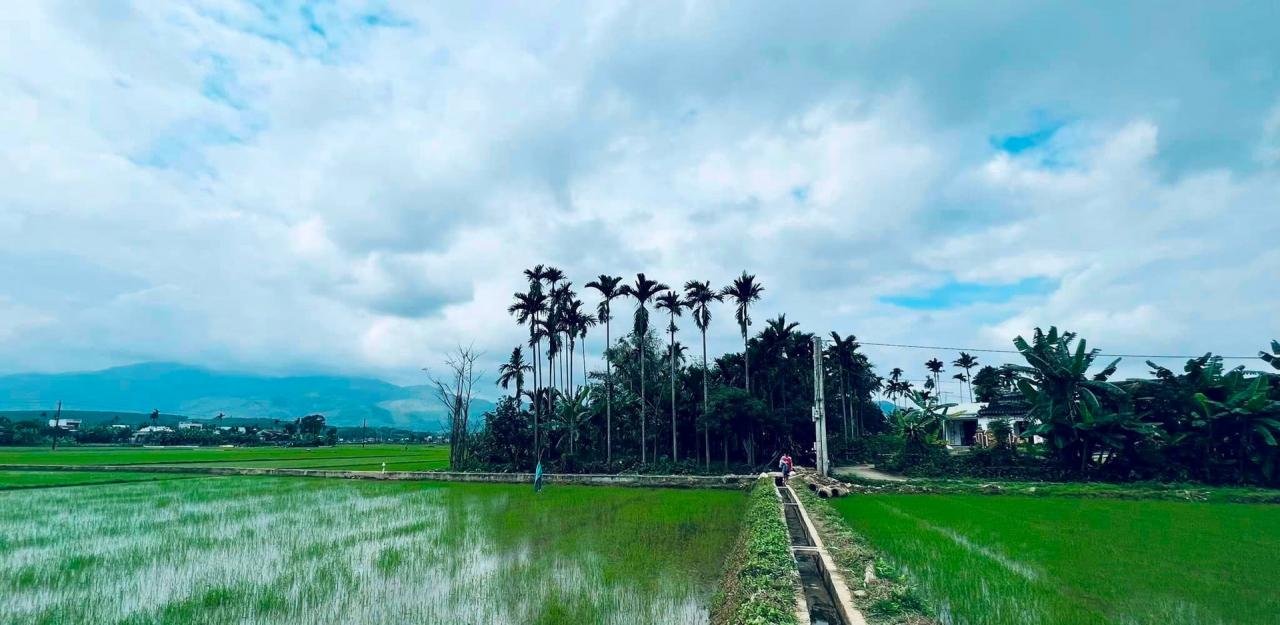
Carrying the village on the migration road
The history of the Vietnamese people is a series of arduous, unintentional migrations over four thousand years. From villages clustered on the alluvial soil of the North, communities of only a few dozen clans, now present everywhere - along the S-shape, then spreading to distant countries on the ocean shore.
Unconsciously looking, the family name of a village - also the origin is not lost in the migration. When arriving in a new land, the culture of the old village intermingles with countless other ethnic groups and other communities.
Vietnamese culture can be as simple as the names “Ti”, “Teo”, the middle name “Thi”, or the way of addressing each other in the family: second sister - youngest brother. Culture is the way we think about our grandparents and ancestors, the way people behave with each other. It is the daily lifestyle, crystallized into simple things, like meals, like the familiar dishes that nourished us when we were young.
In Saigon, one can easily find a bowl of authentic Quang noodles near Ba Hoa market, to listen to Quang people “argue” honestly and simply. One can find a bowl of Hue beef noodle soup near Ba Diem market, to eat noodles and listen to people calling each other “o” and “me”.
In the Northern Quarter on Chu Manh Trinh Street, one can find a full range of Northern tea, pork roll, Thanh Tri rice rolls, Lam tea, green rice cakes... with familiar cries like in the subsidy period.
It is easy to see that Vietnamese culinary culture has now reached out to the world. Vietnamese people have succeeded in promoting their dishes to friends around the world. That pride motivates us to make more efforts in preserving our ancestors' culture, from things as familiar as a bowl of pho, a bowl of noodles...
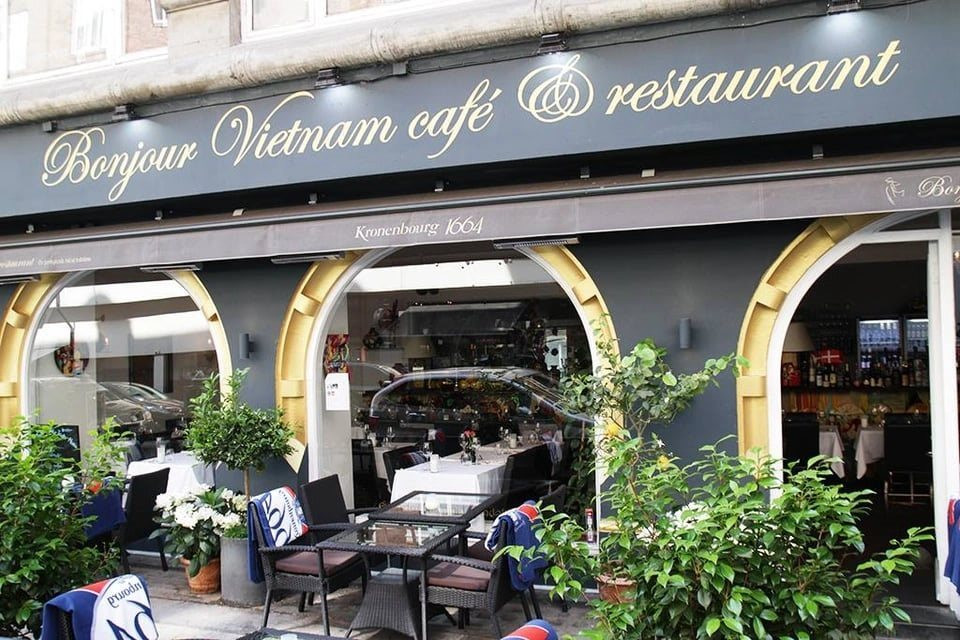
It is fun to see the statistics and rankings of dishes that are loved by tourists. Somewhere in Japan, America, Australia, Europe, it is impressive to see foreigners lining up to buy in front of Vietnamese food stores. Xin Chao sandwich shop in Japan, Pho Thin shop in Little Saigon, California or Bonjour Viet Nam shop in Denmark.
People... longing for their homeland
People preserve culture first of all because of habit, then because of need. Habit makes us choose easily between the old and the new, the familiar and the strange. Need creates the search, the satisfaction.
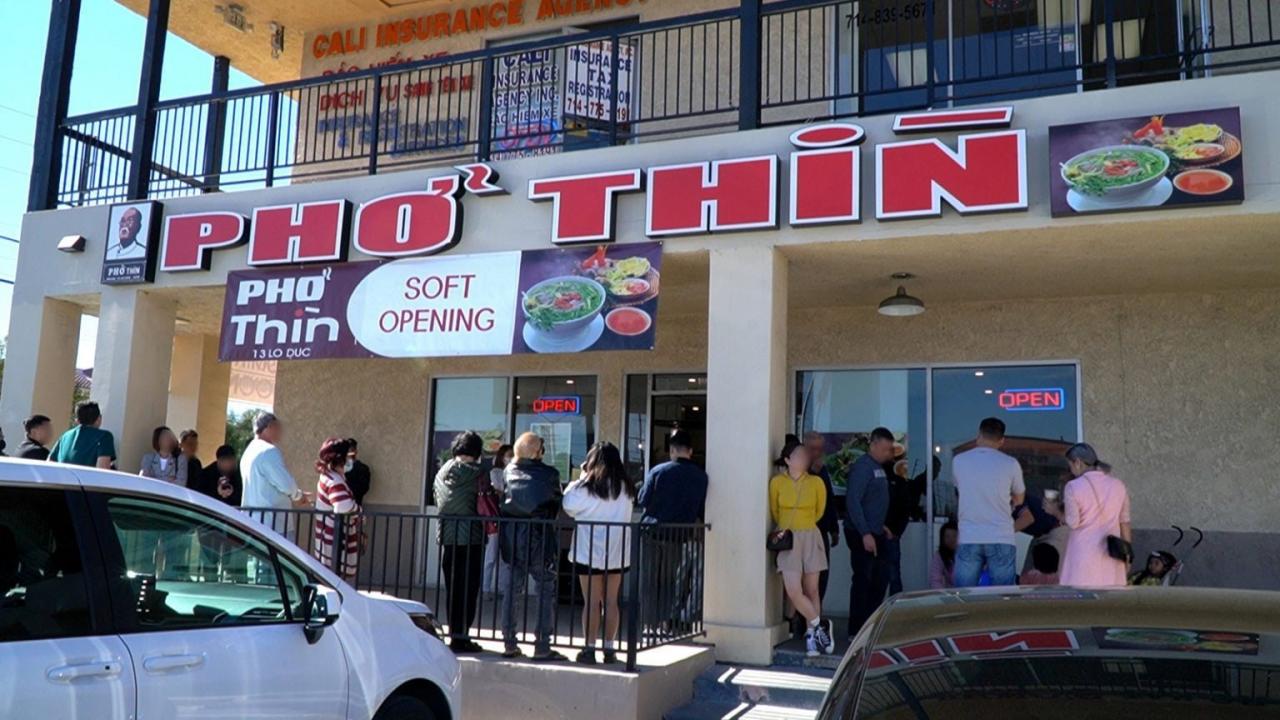
Generations of Vietnamese immigrants, the signs can be named from the food. The food seems to be the crystallization of the homeland, from the rice grains, the alluvial soil of the source, from the buffalo and the plow, the chicken clucking and the lemon leaves, the experience accumulated over generations.
A few decades ago, to have a bowl of Quang noodles, the whole village would gather together, some grinding rice, some lighting the fire, some roasting beans, some preparing the filling... We crave that harmony, that gathering, that sharing, that joyful atmosphere. We crave that rich culture as much as we crave a dish.
The common thread that can be found in Vietnamese people living far from home, whether in Saigon or abroad, is that they unconsciously crave the taste of their homeland. They crave a bowl of Quang noodles, a bowl of pho, a bowl of beef noodle soup. It is also the “craving” for the homeland, the “craving” for culture, the “craving” for the roots of their ancestors.
From craving the taste of home, the Vietnamese community in America, Australia, and Europe find every way to bring the seasons and foods from faraway Vietnamese villages. Gradually, they gather to open restaurants, and the restaurants become "villages". The "villages" seem to share a common desire. They no longer crave a bowl of noodles or pho, but their homeland.
Because of love, we will adapt culture to our lives. Because of love, we can bring the features of Vietnamese villages, street corners, herbs, basil, and cilantro to migrate with us.
Because we love what nurtured us, we are happy to hear folk songs and opera in a foreign land. All of them, little by little, each individual, make up an invisible “village” abroad, existing unintentionally. We do not need to preserve it because it is natural.
Feeling of “belonging” to Vietnam
Looking back at our homeland, which visible or invisible villages still exist? Which Vietnamese people are only surnames, without any trace of their ancestors? The Peters, Louises... who have been and are being born, could they only speak English in their motherland? Preserving and promoting national cultural identity helps people define their individual and collective identities, but it needs to be understood on an individual level.
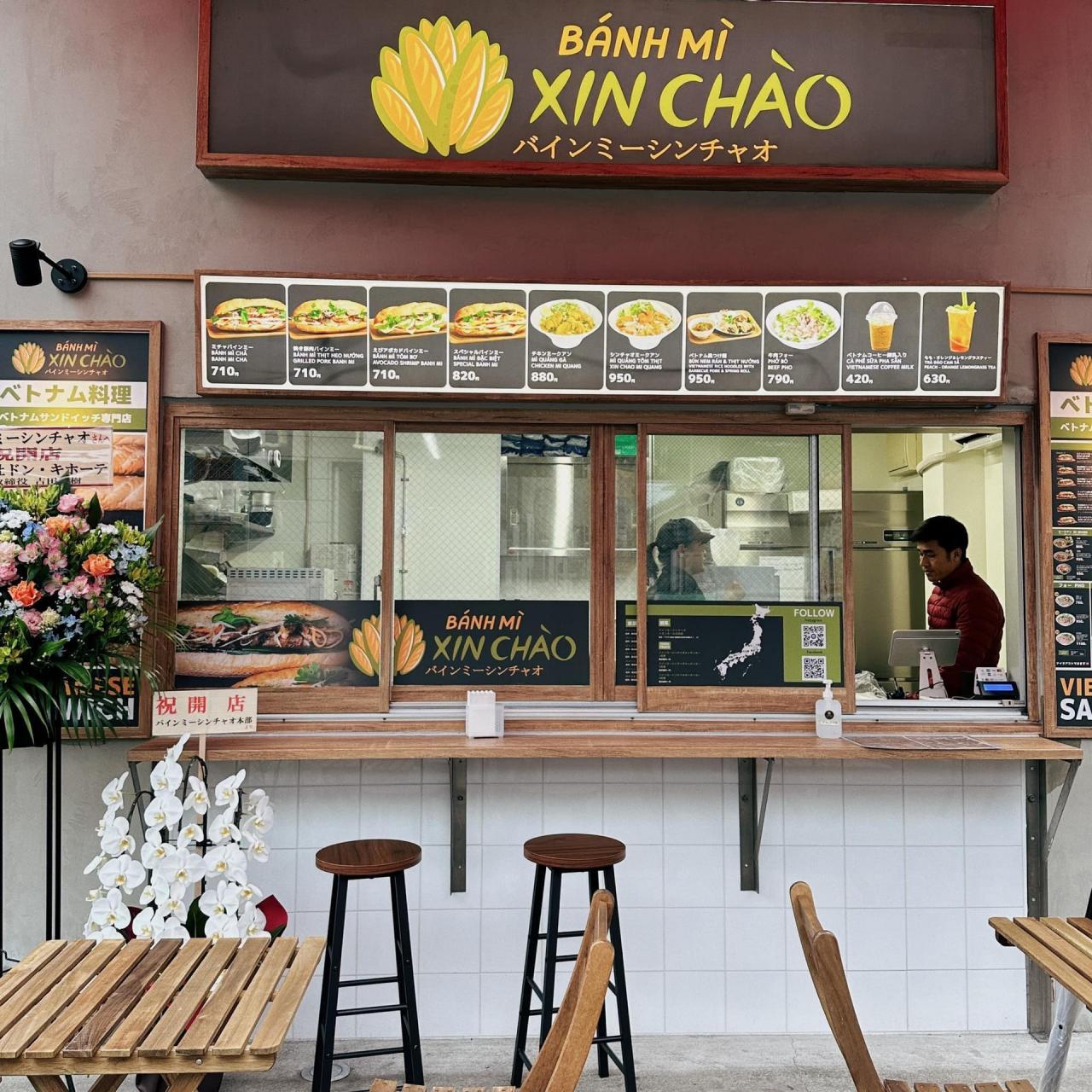
As for the generation of Vietnamese children born abroad, there will be strange names like Terry, Trianna, Harry... even though they still retain their original surnames, like Hoang, Nguyen, Tran... The surname of an overseas Vietnamese family can last for several generations. But it is difficult to know when those surnames will disappear. New surnames, new branches will be born. Is it possible that the next generation of Vietnamese people can only speak English, or speak a little Vietnamese? What in them can still be called Vietnamese?
Many studies have shown that culture from family and community first of all helps us satisfy the need to “belong”. The feeling of “belonging” is the process of an individual placing himself in a familiar community, sharing warmth with those around him, helping him develop a harmonious psychology and personality. The feeling of belonging is very important. It helps each person cope with difficulties and see the values in life.
Behind the traditional cultural lifestyle present in the bowl of Quang noodles cooked by my grandmother and the ao dai my mother sewed are love, ways of treating others, family bonds, and small daily flavors.
Is that the continuity, the deepest form of culture? Like a thread stretching from the past to the present, migrating from Vietnamese villages to invisible villages all over the world.
The thread sometimes helps people sew when they are in a difficult situation and have difficulty making a living in a foreign land. We do not intend to preserve culture, but that thread still pulls us together.
Overseas Vietnamese may not remember many historical events, do not know many Vietnamese songs, and do not live near us. But in one way or another, they still share stories of the past, simple Vietnamese dishes, and good qualities of the Vietnamese people at family meals. The children will love Quang noodles and beef noodles again, and will crave to hear stories about their ancestors, and understand their roots to feel more stable and connected to themselves.
Vietnamese culture exists in this way: we can live the way we want, with very different value systems, all over the world, but at a crucial moment, still choose to live as a Vietnamese.
That is the value each person finds for themselves in their homeland culture...
Source


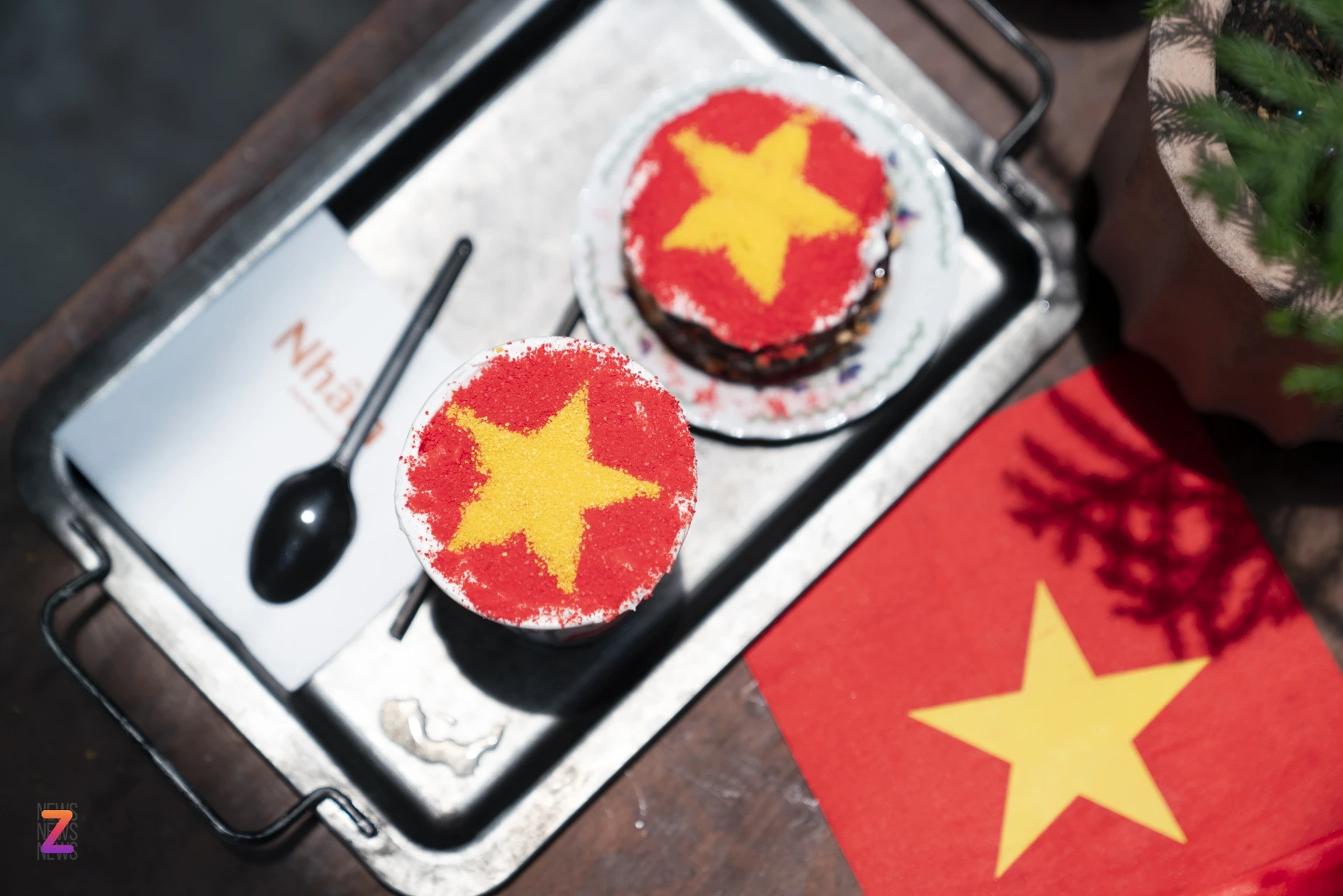
![[Photo] Military doctors in the epicenter of Myanmar](https://vstatic.vietnam.vn/vietnam/resource/IMAGE/2025/4/6/fccc76d89b12455c86e813ae7564a0af)
![[Photo] Prime Minister Pham Minh Chinh chairs the regular Government meeting in March](https://vstatic.vietnam.vn/vietnam/resource/IMAGE/2025/4/6/8393ea0517b54f6791237802fe46343b)
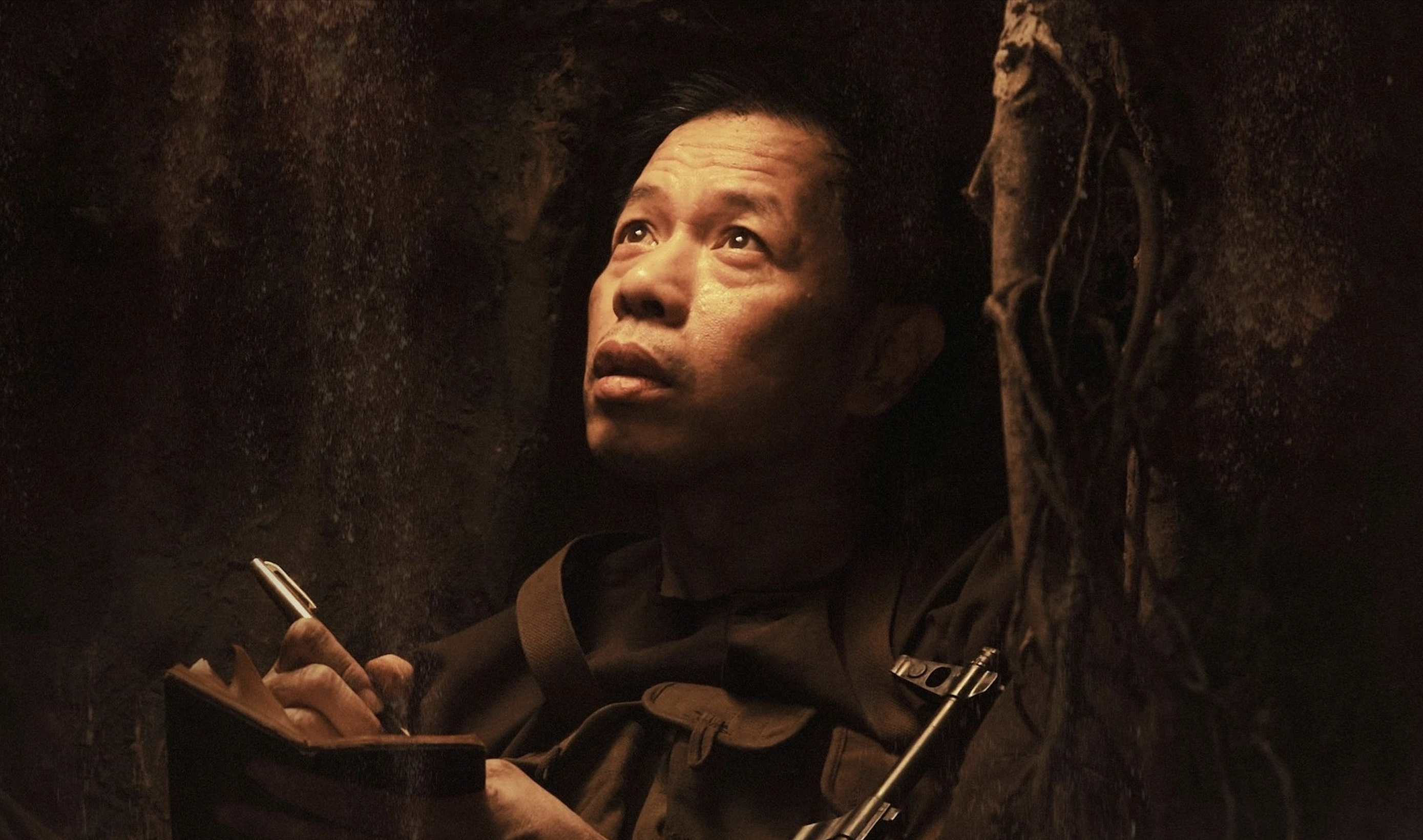
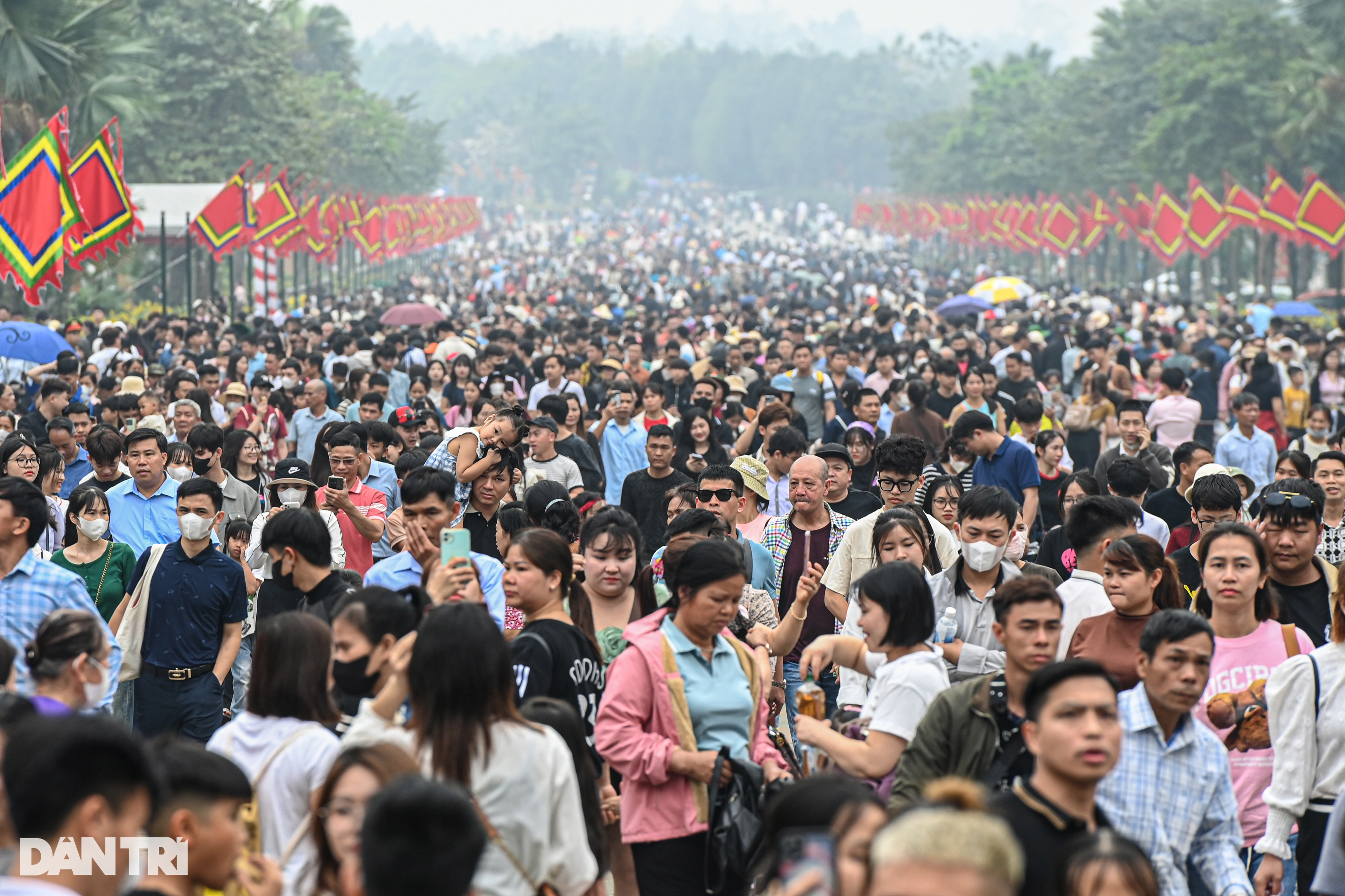

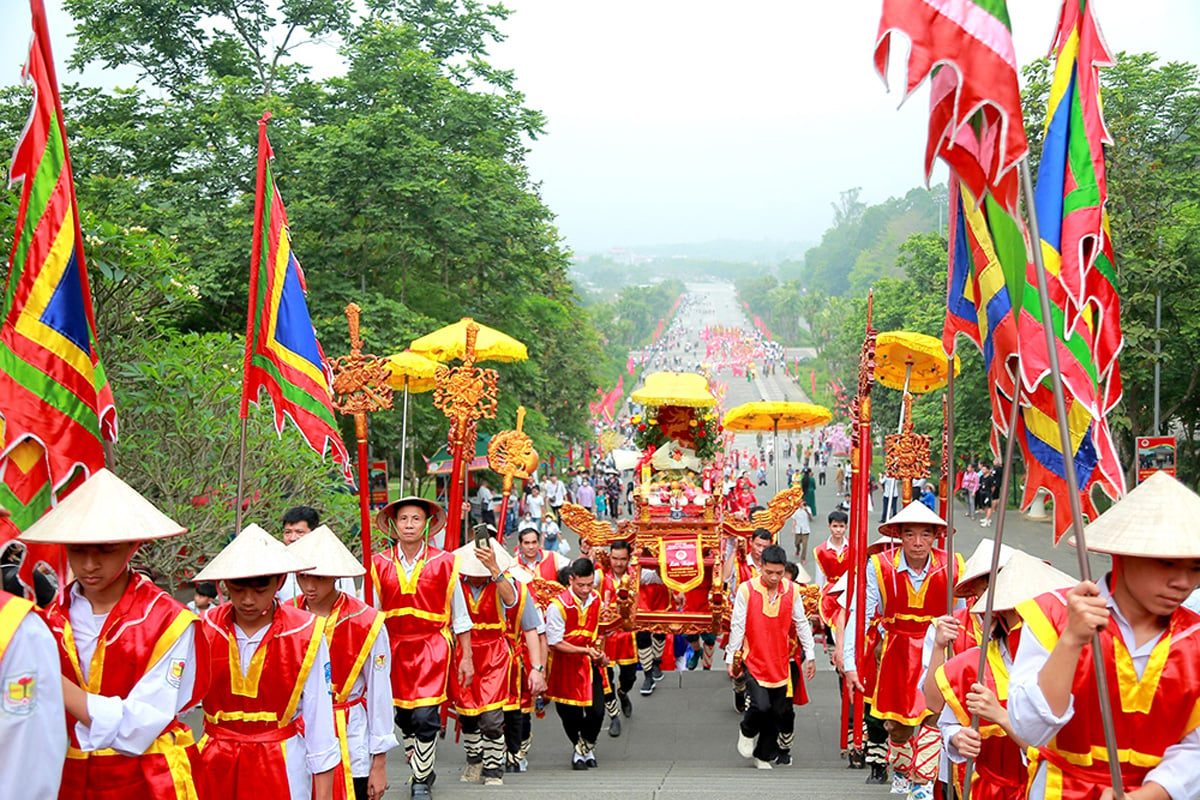


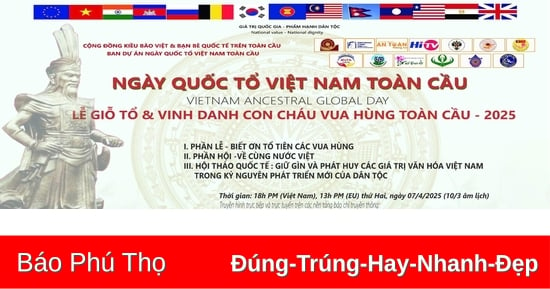


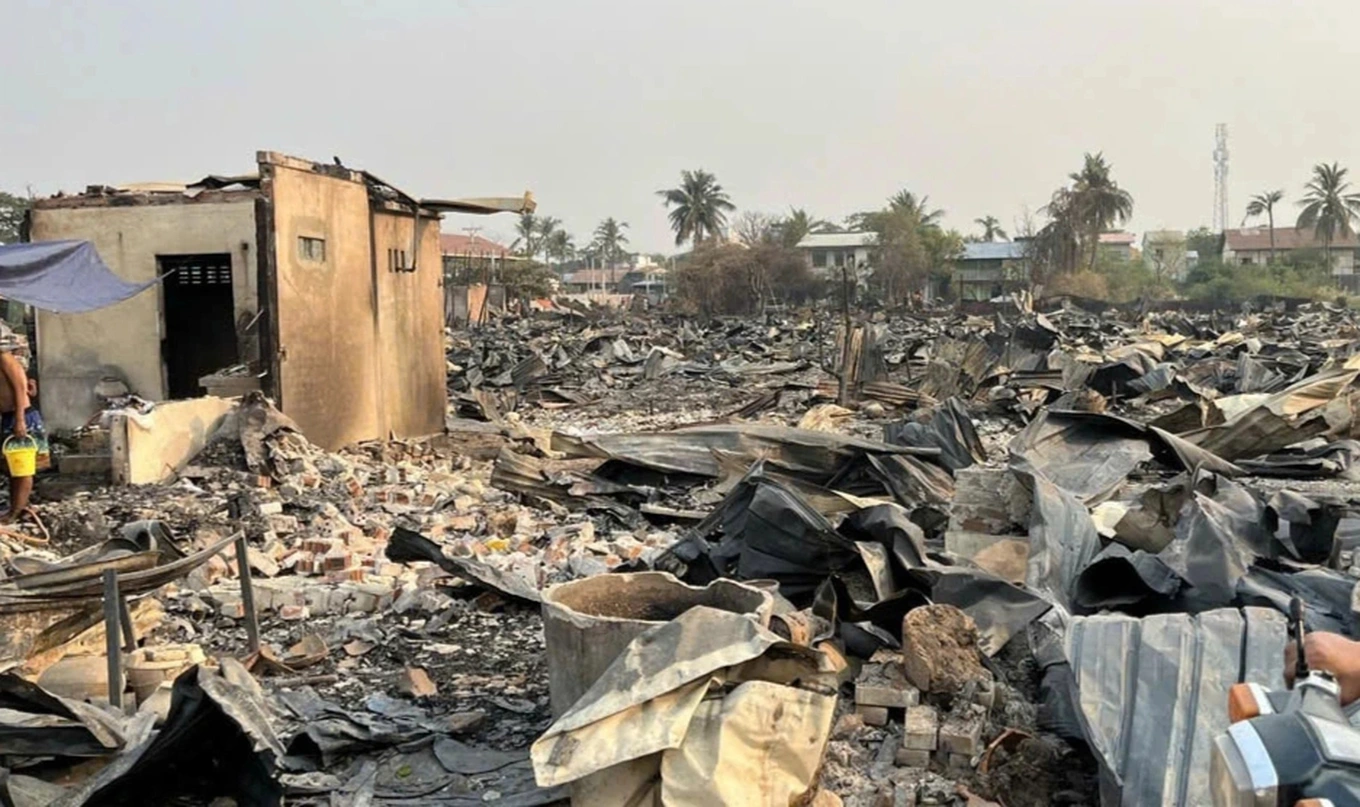


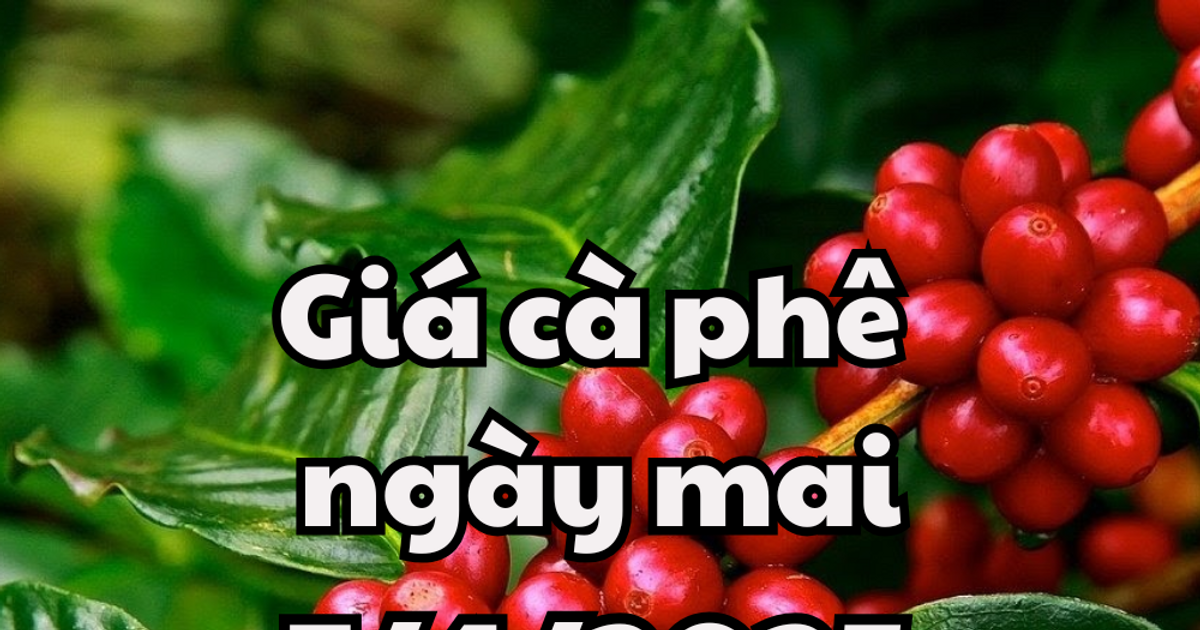
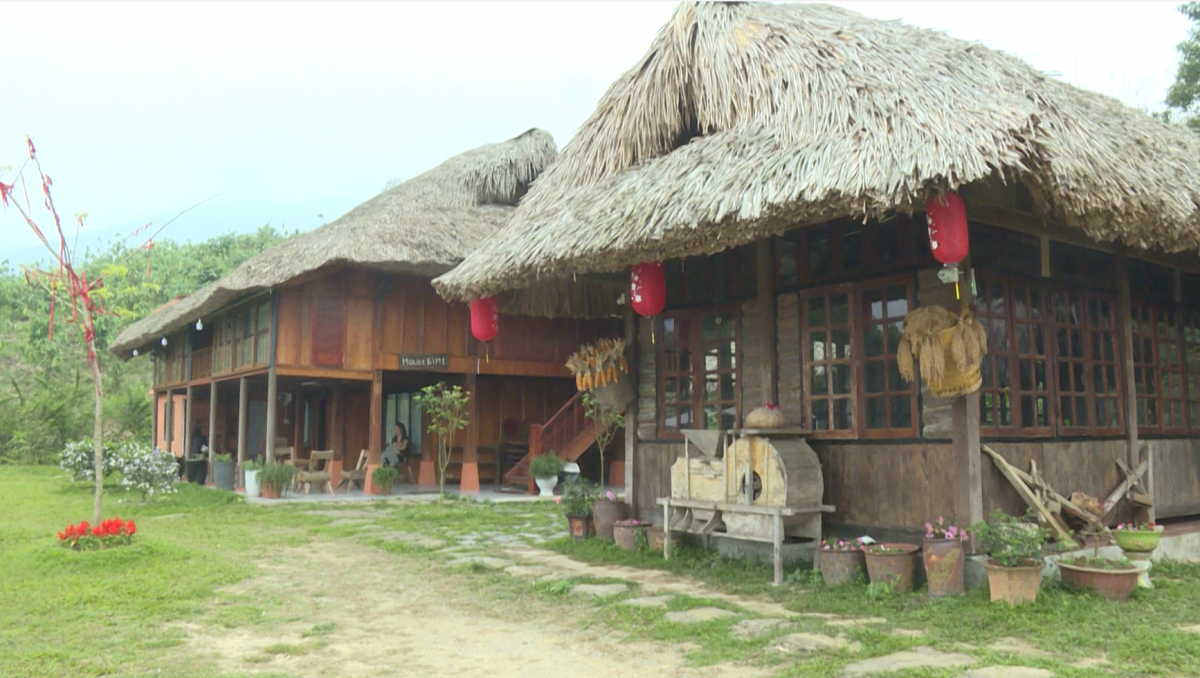
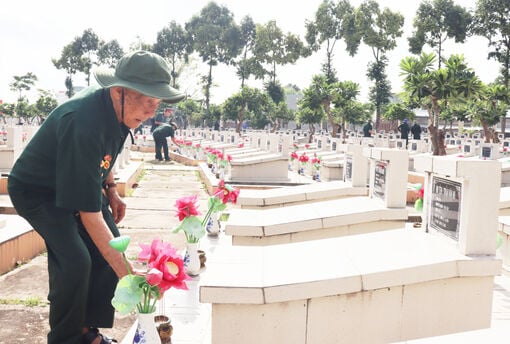
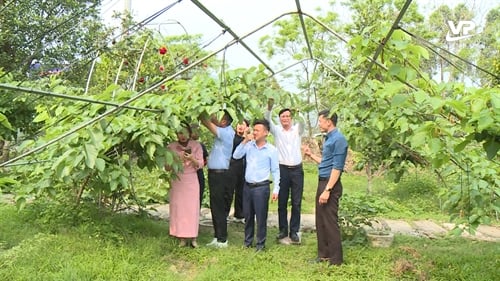
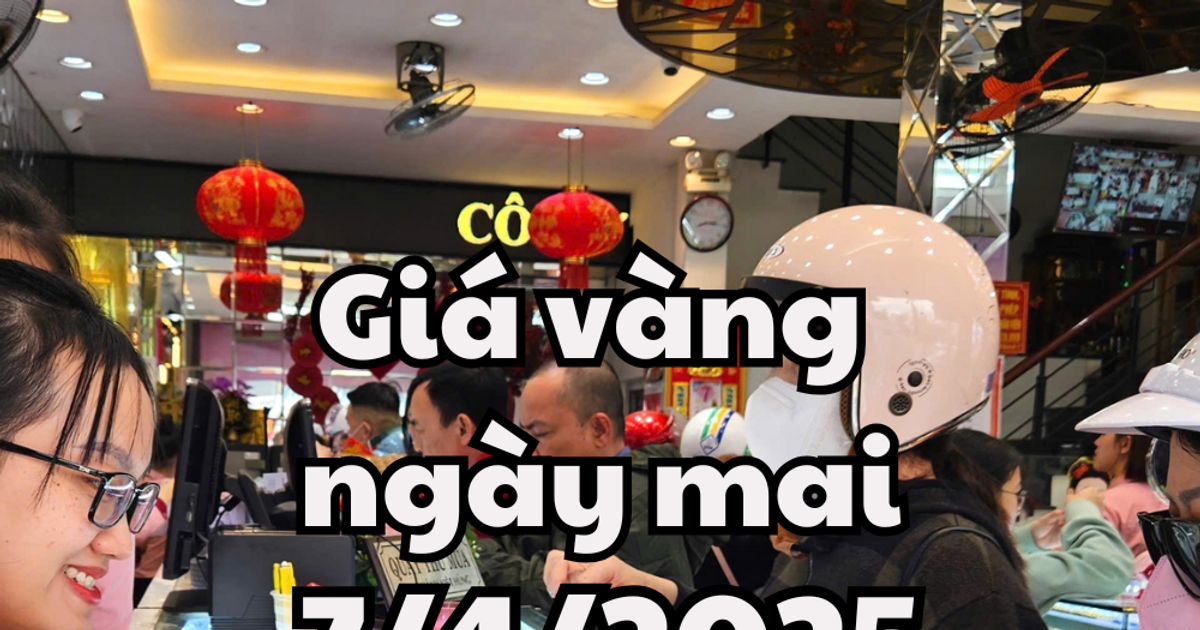
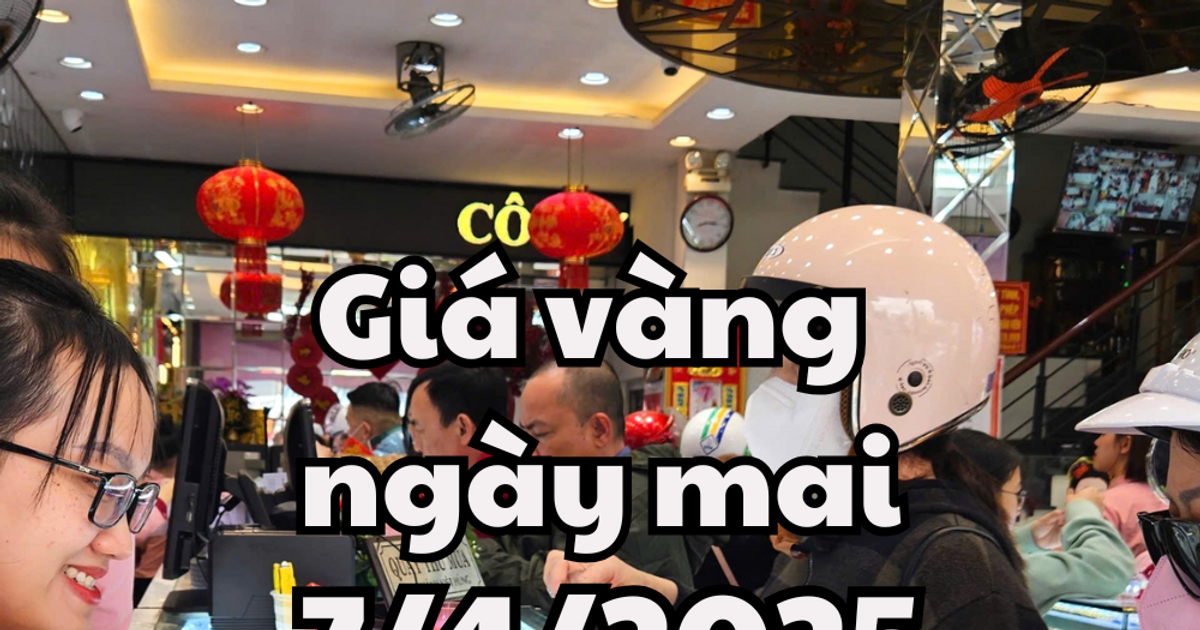
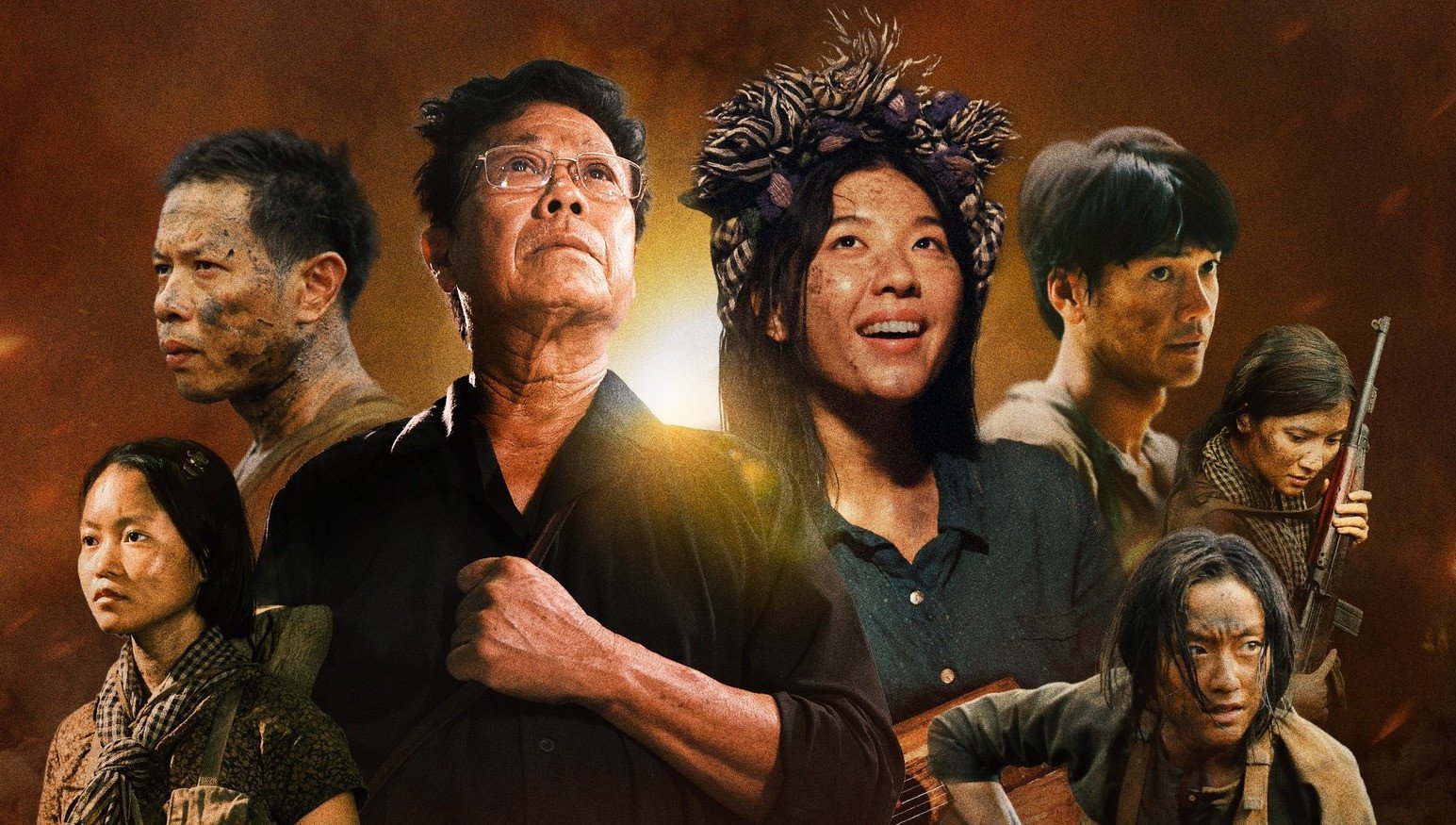
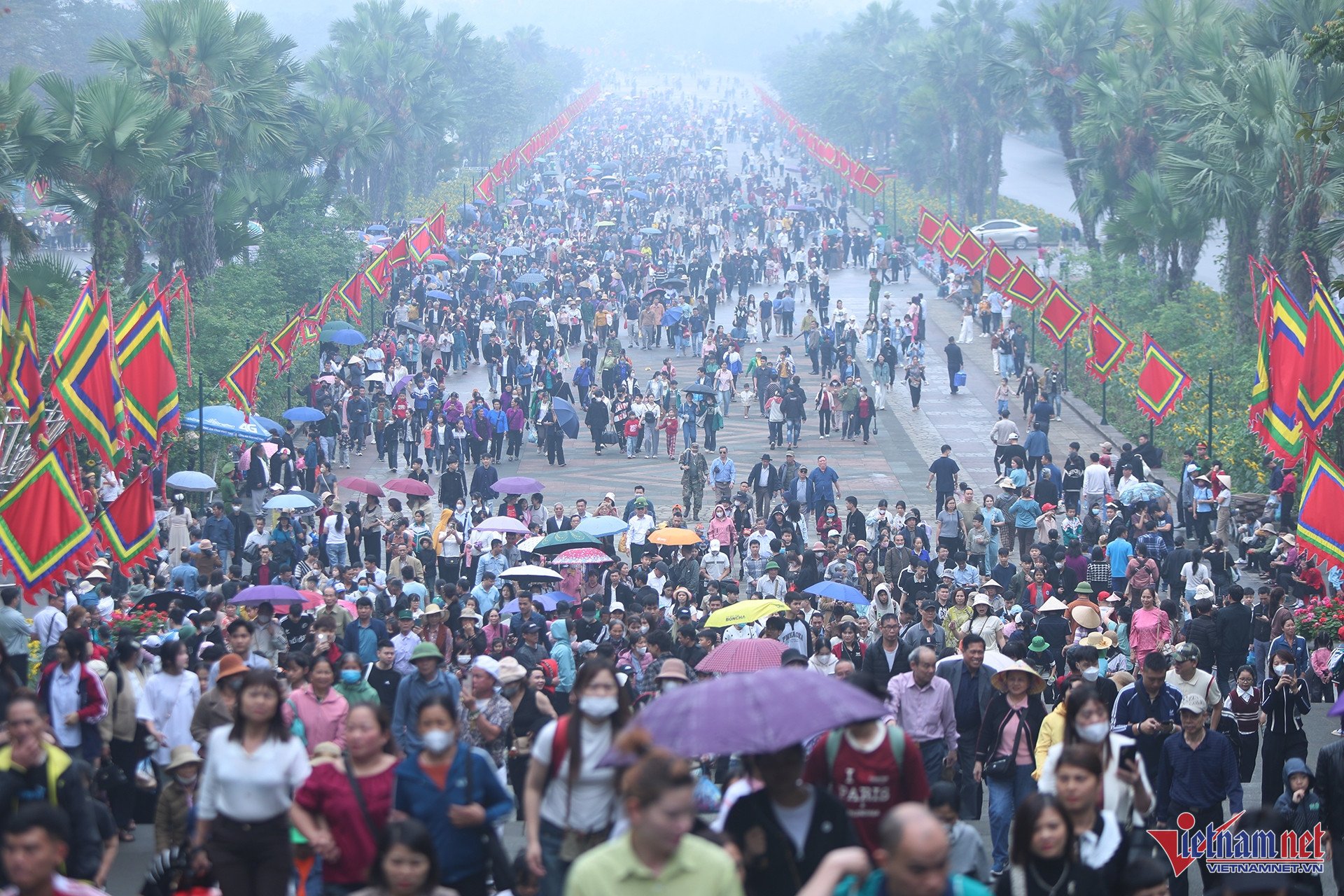
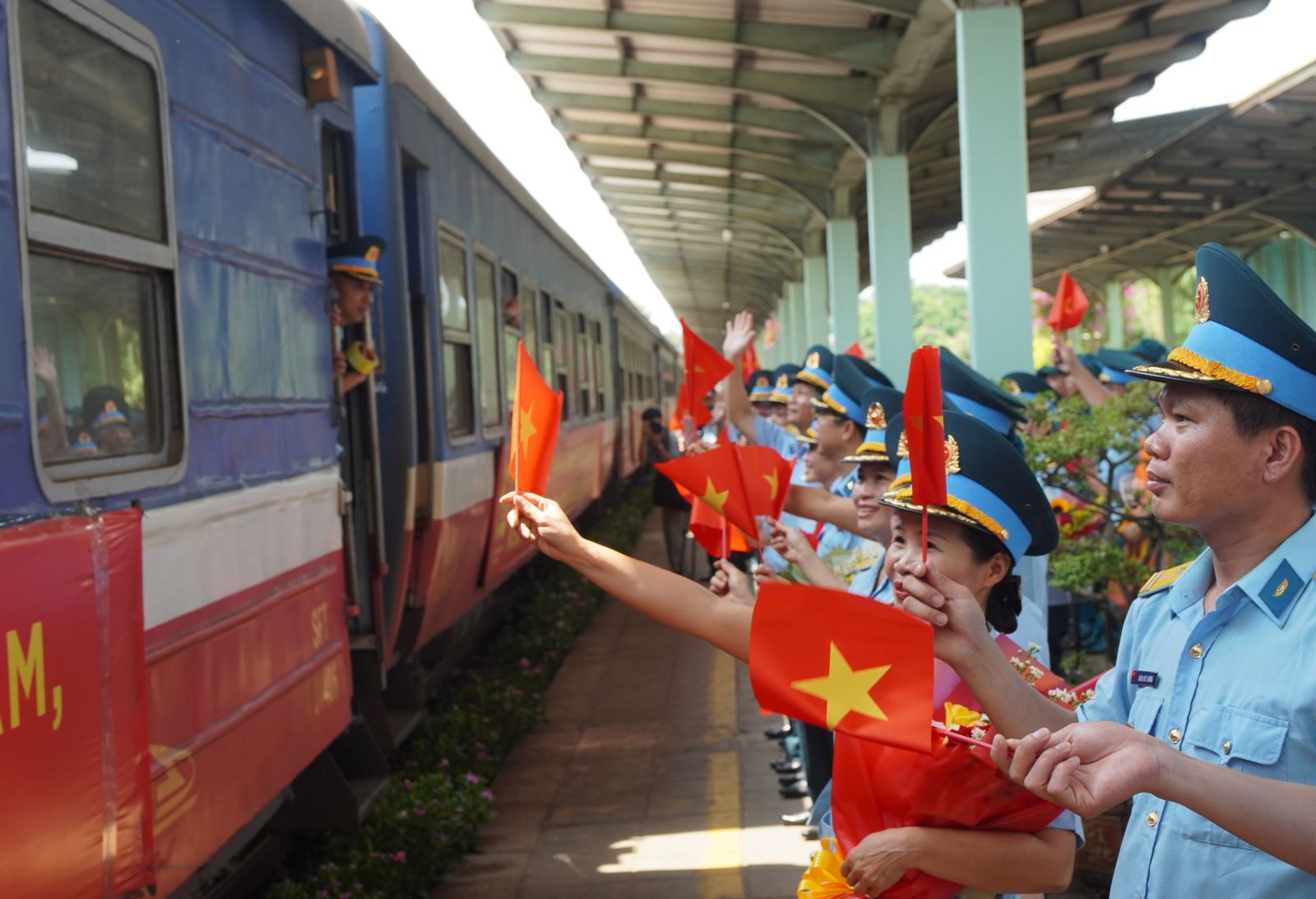
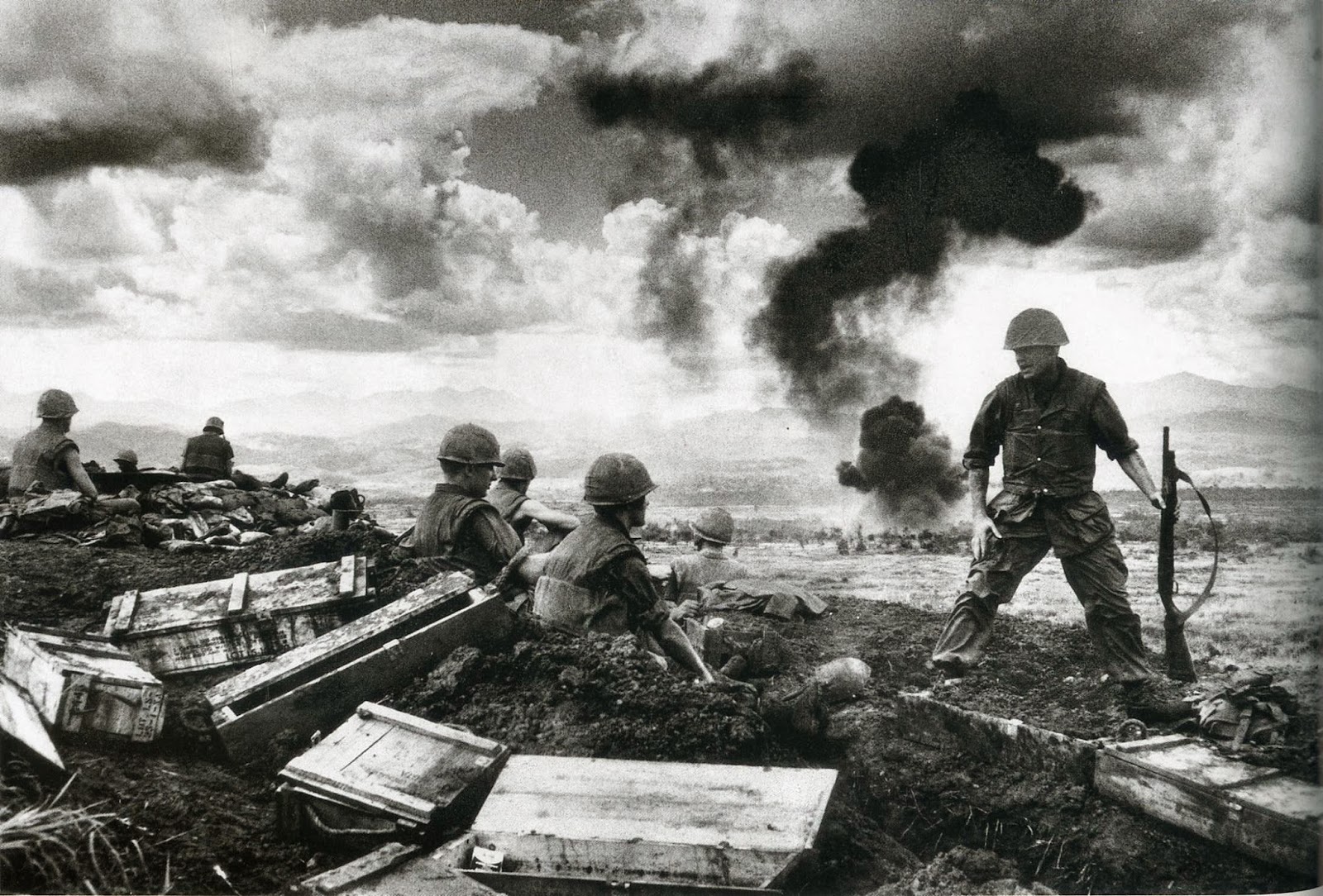
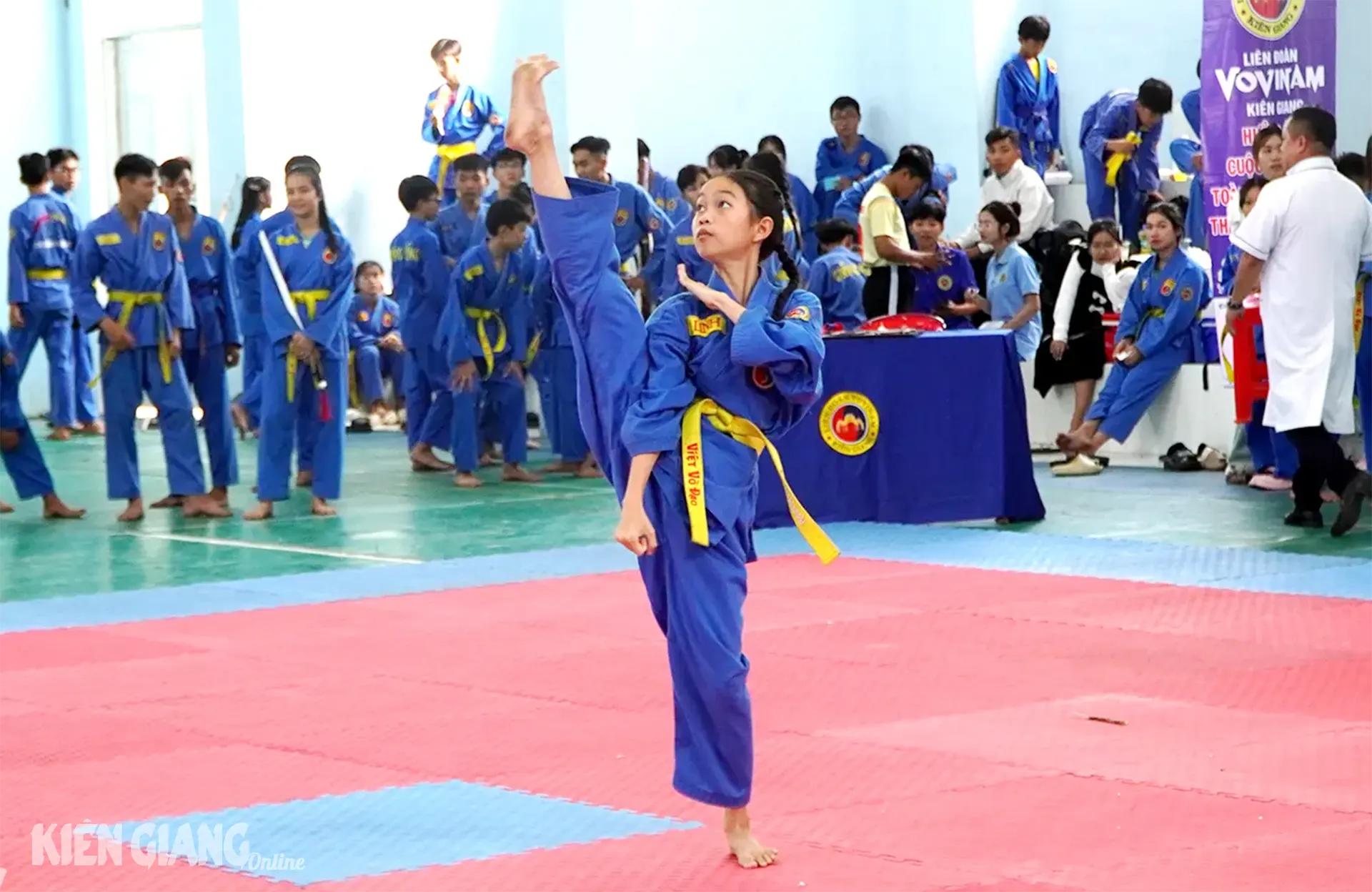

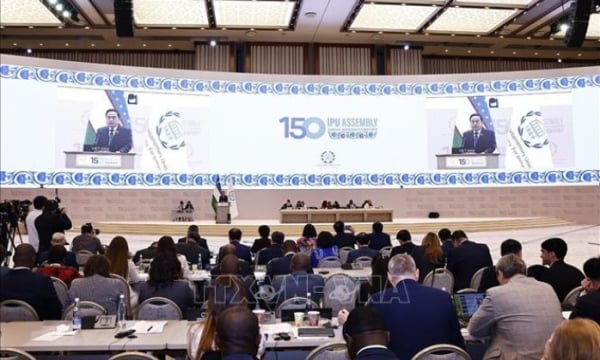
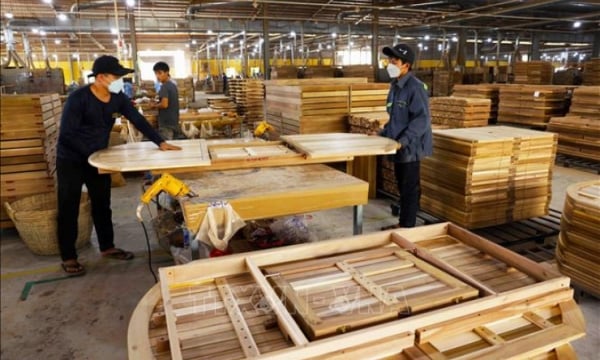
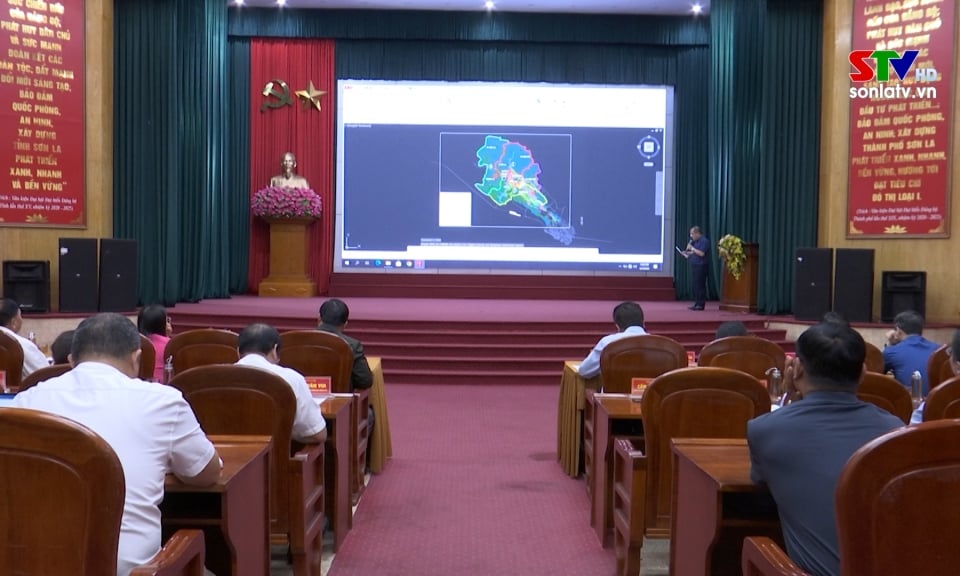

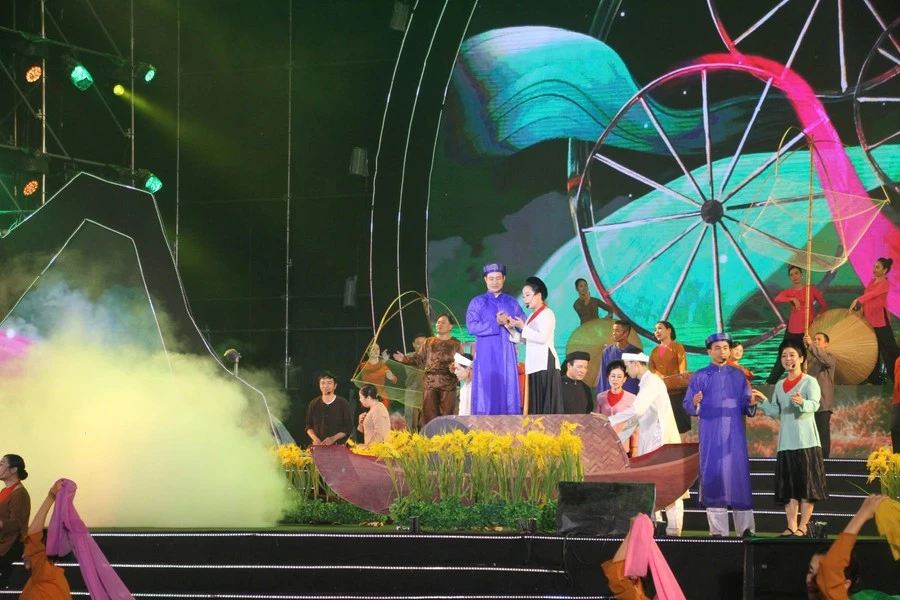

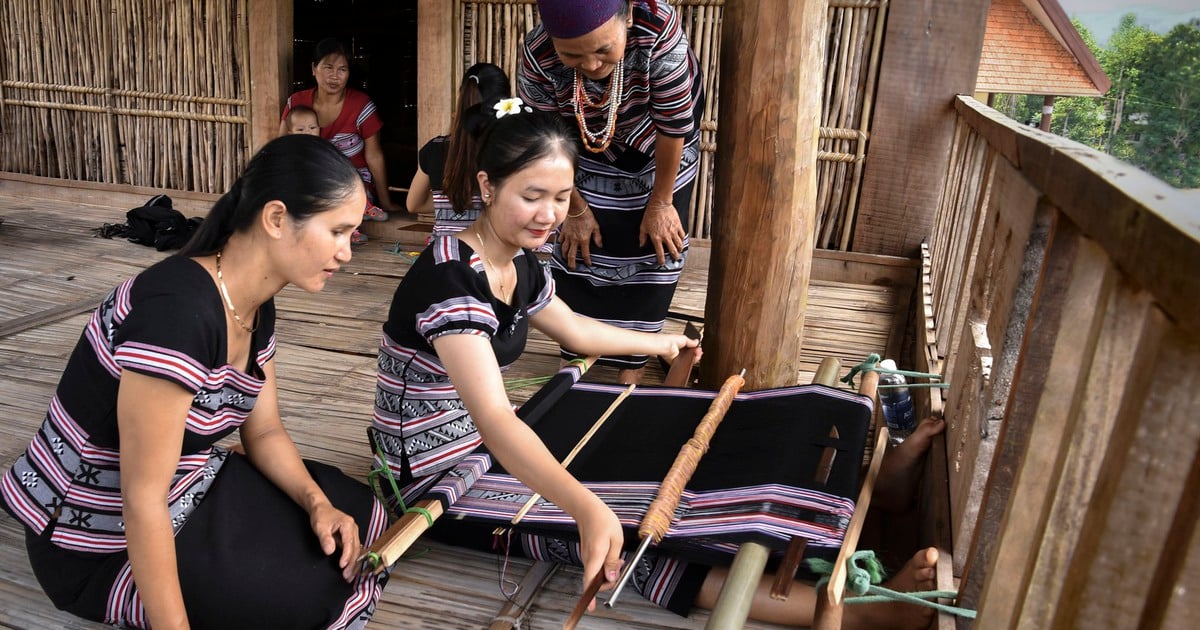



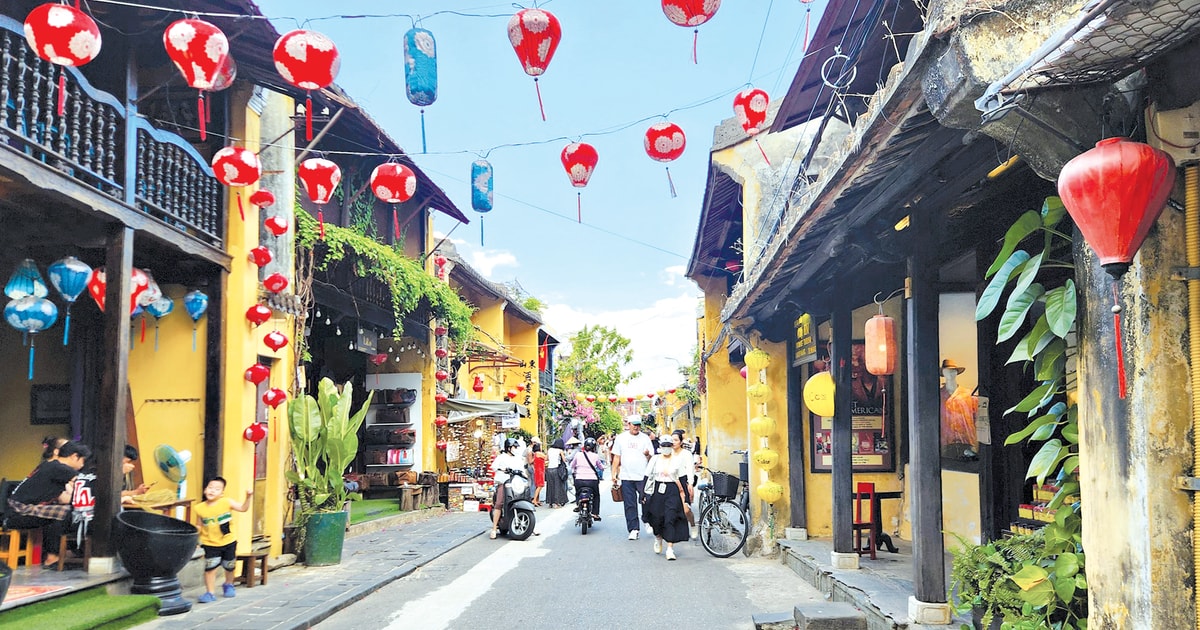

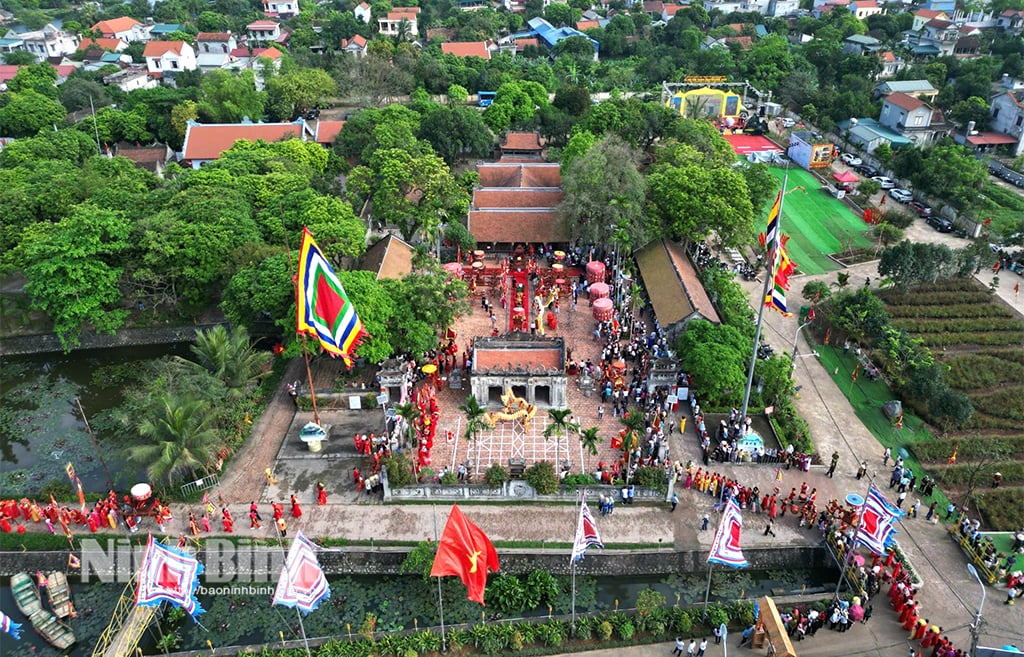

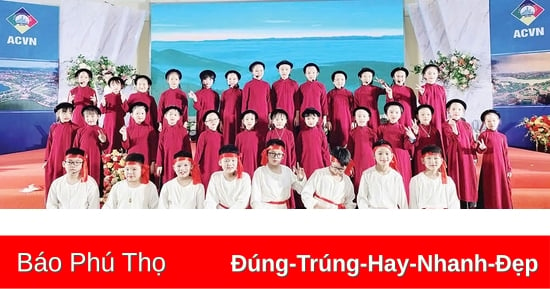

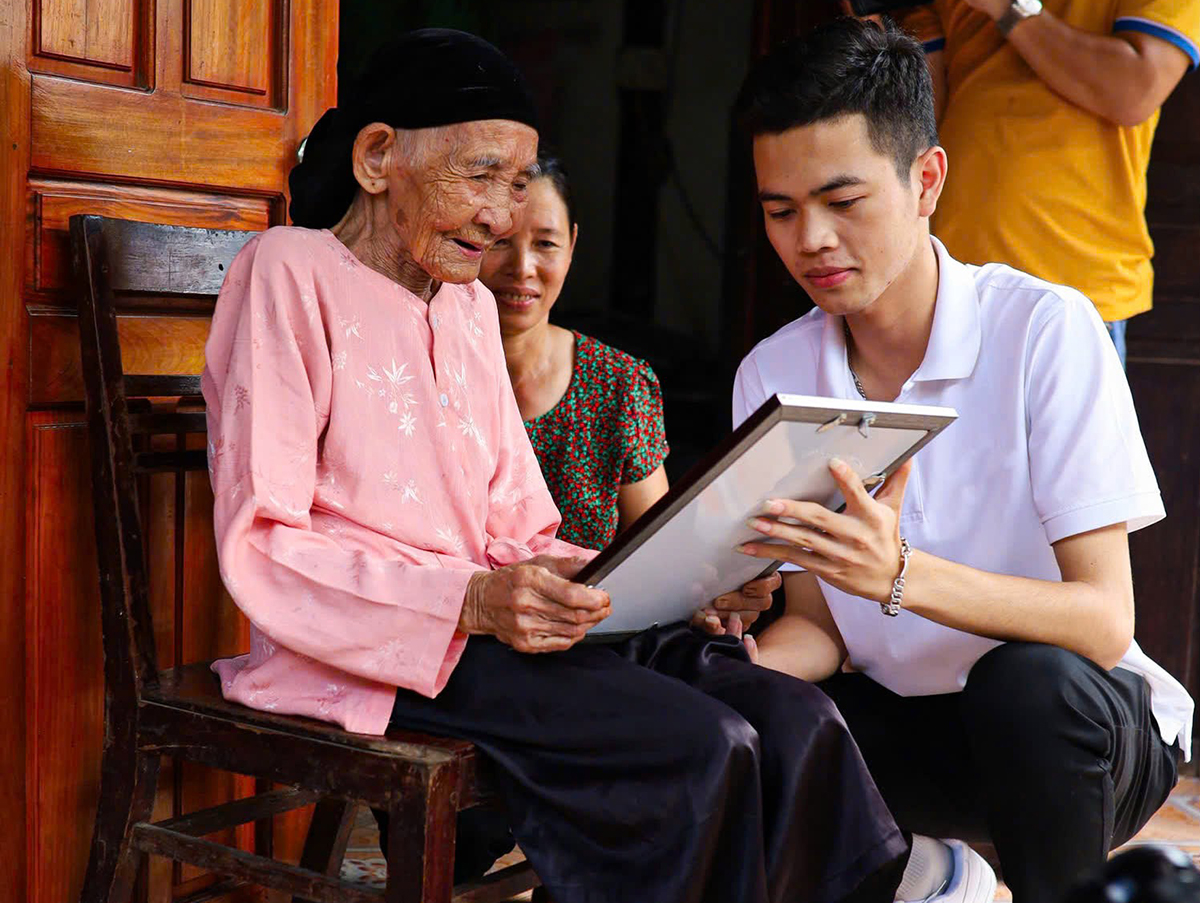

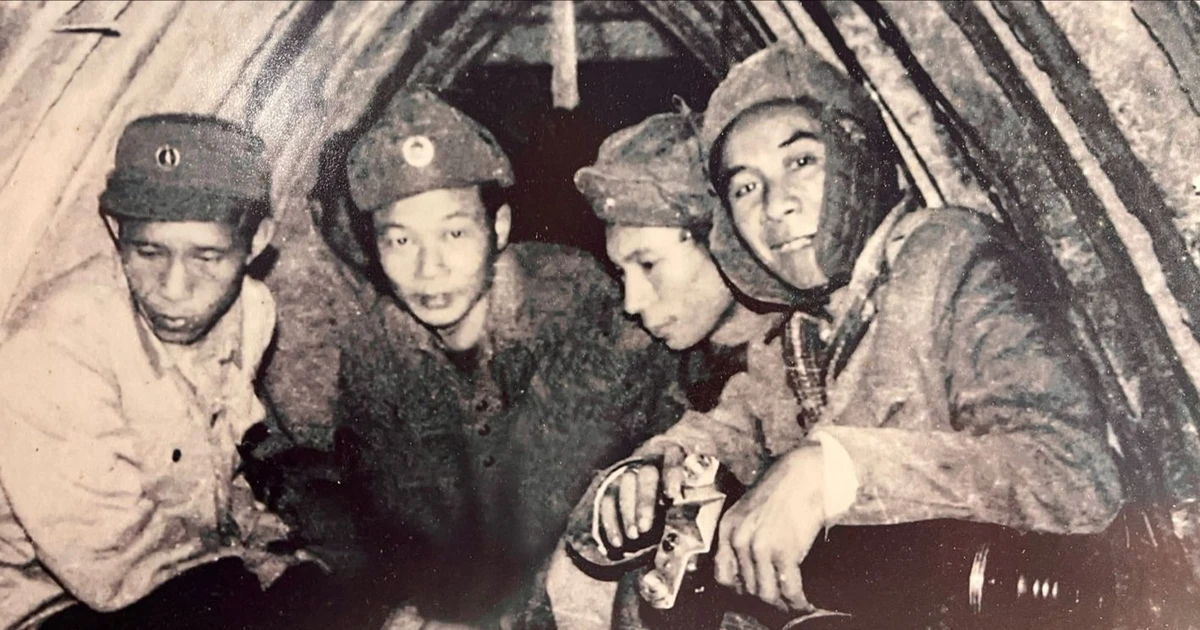

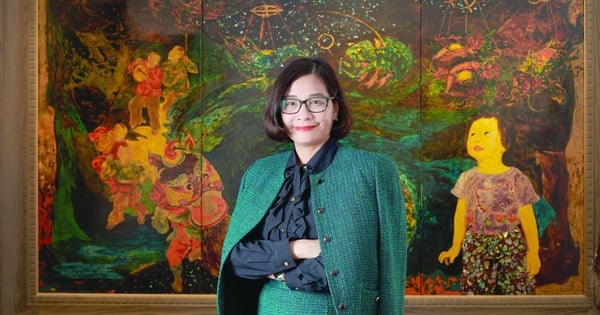

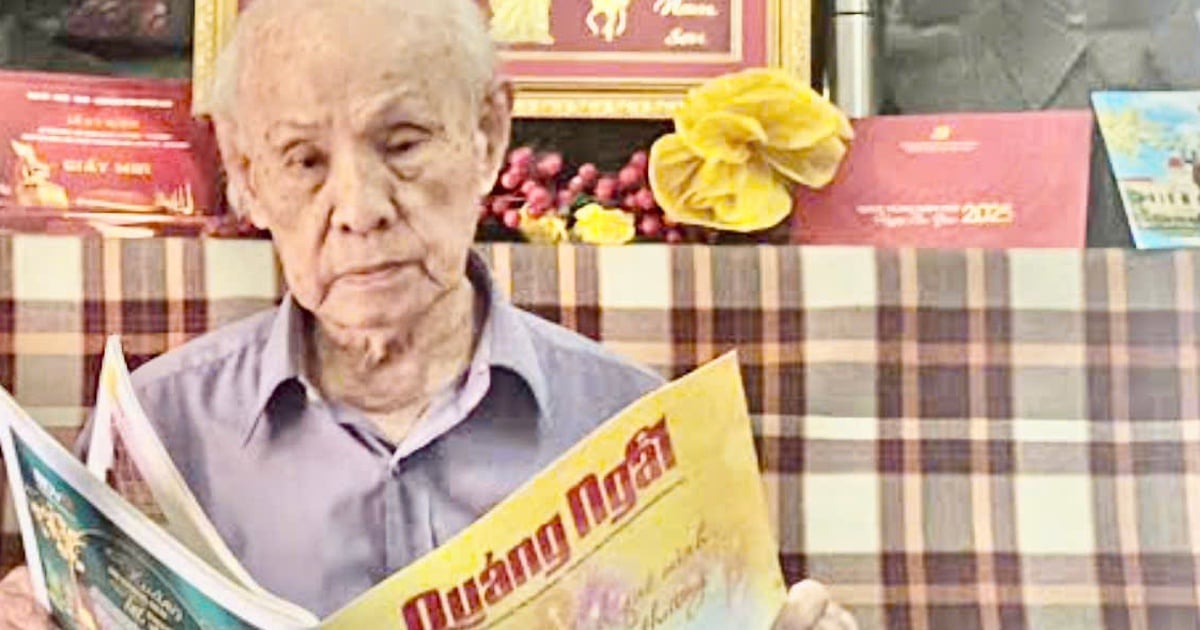
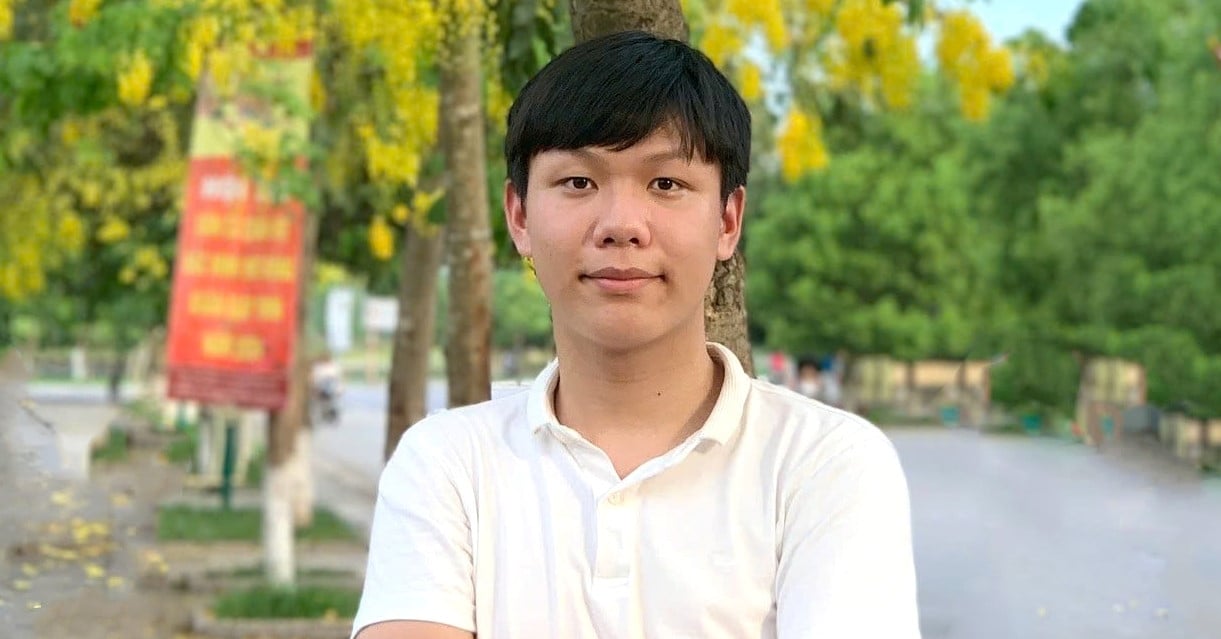



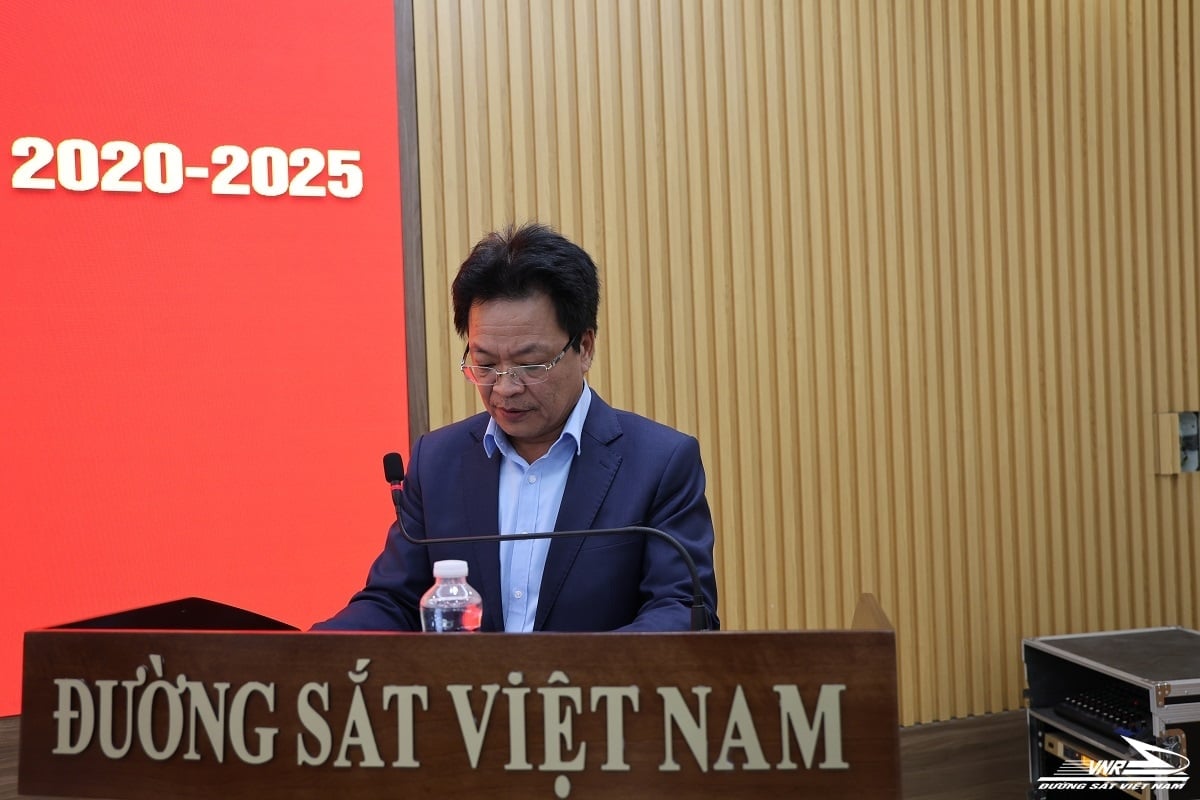
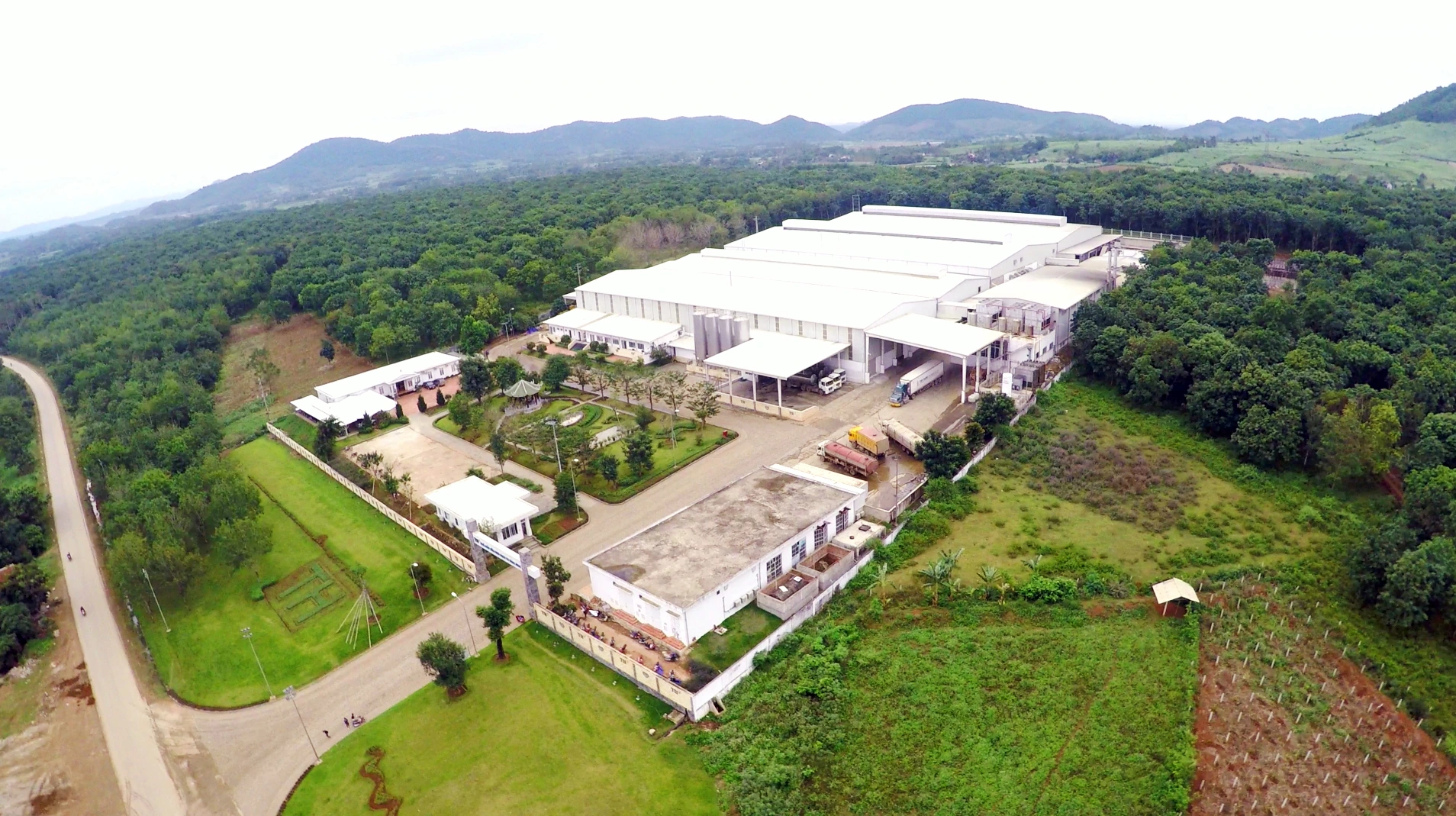




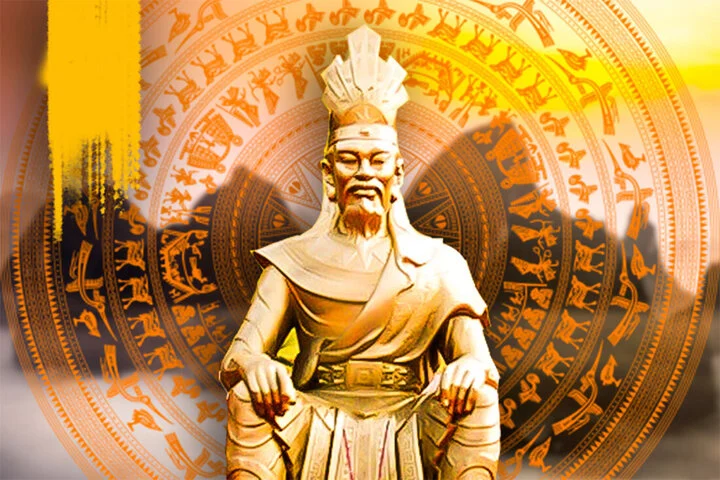











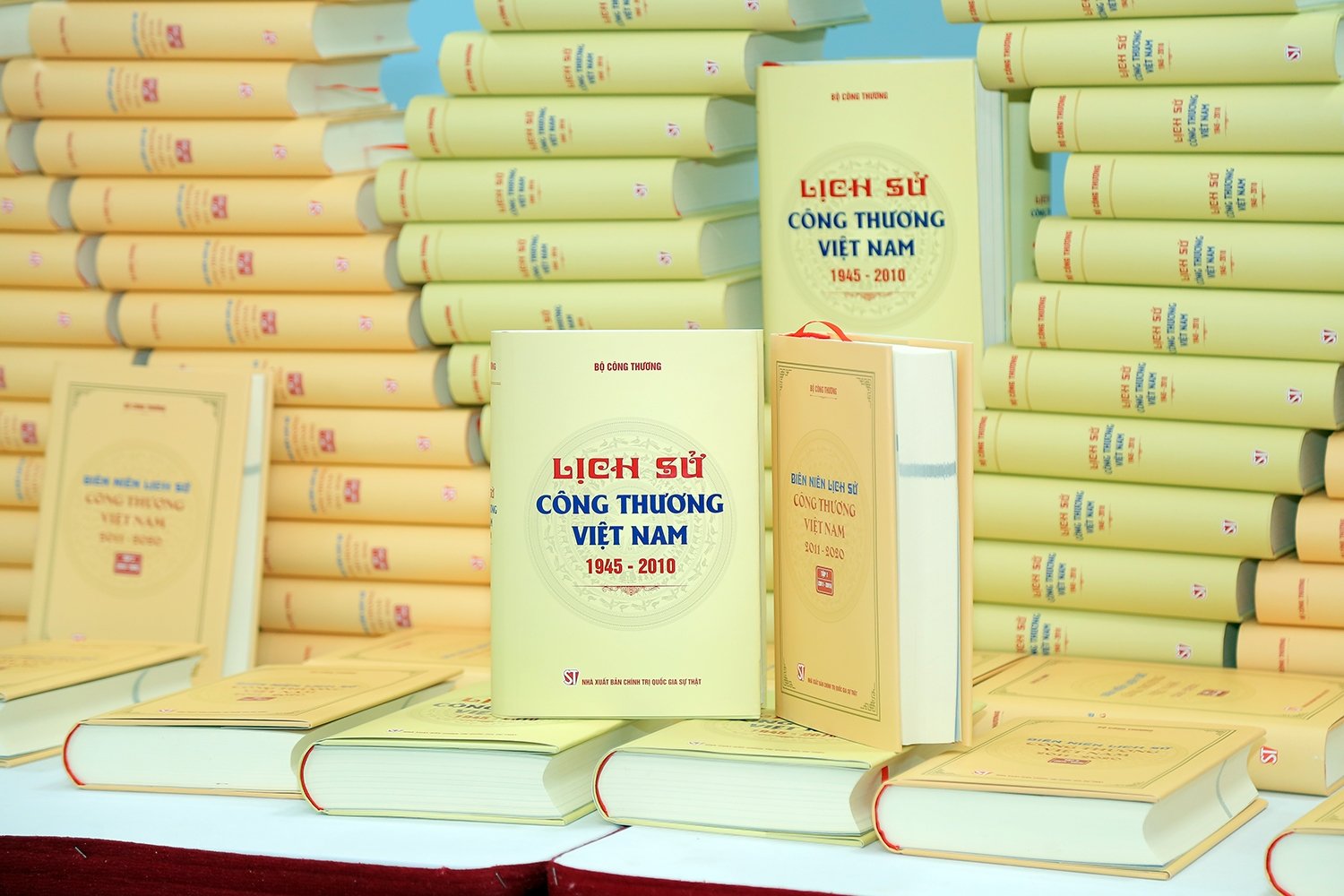
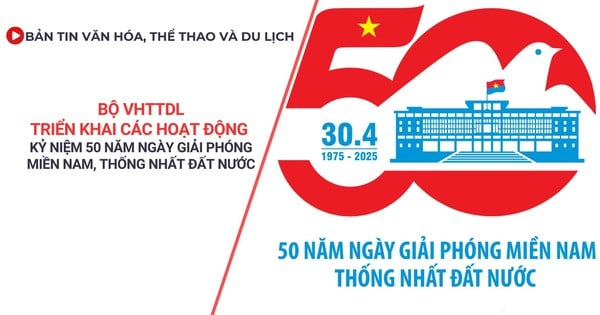







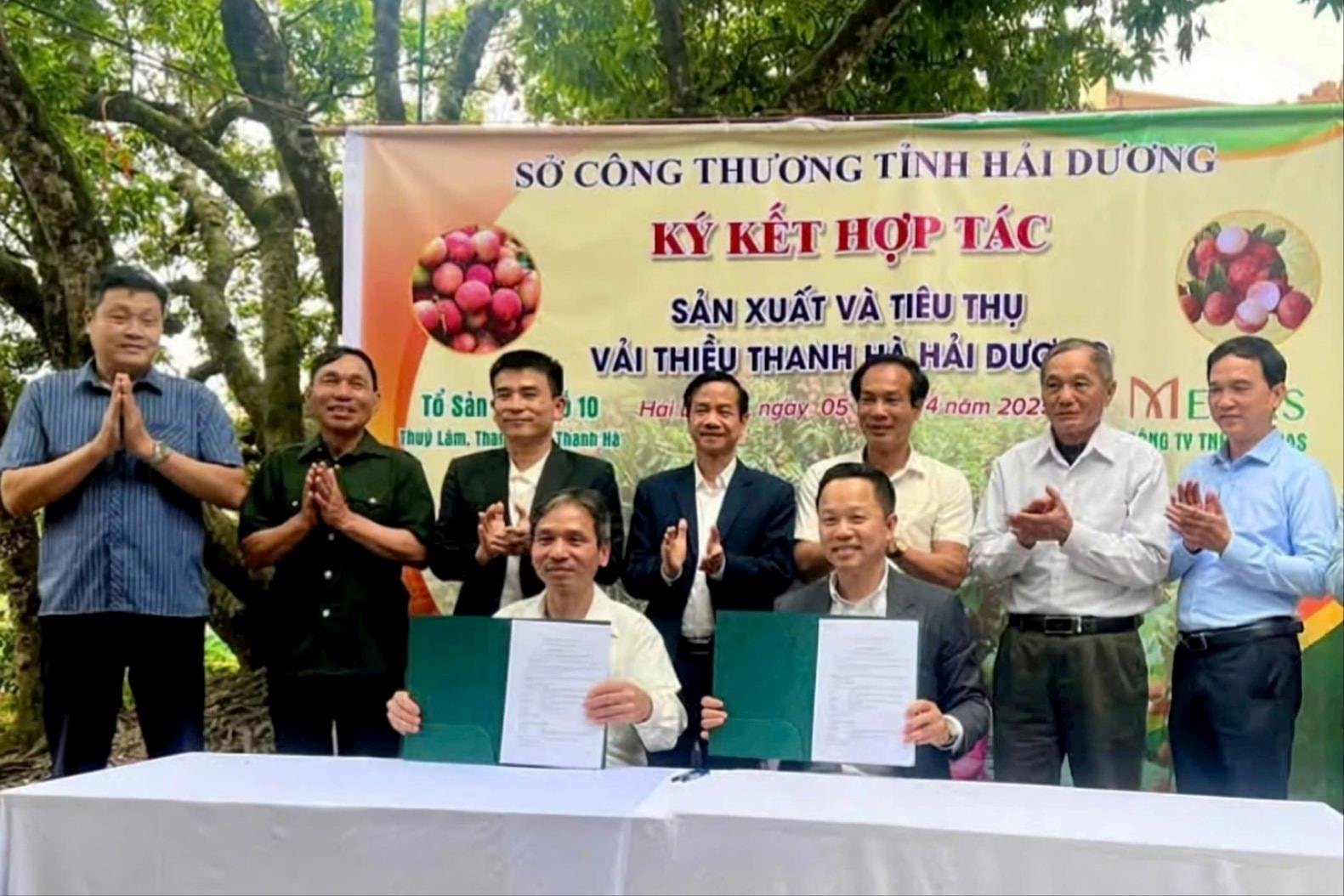
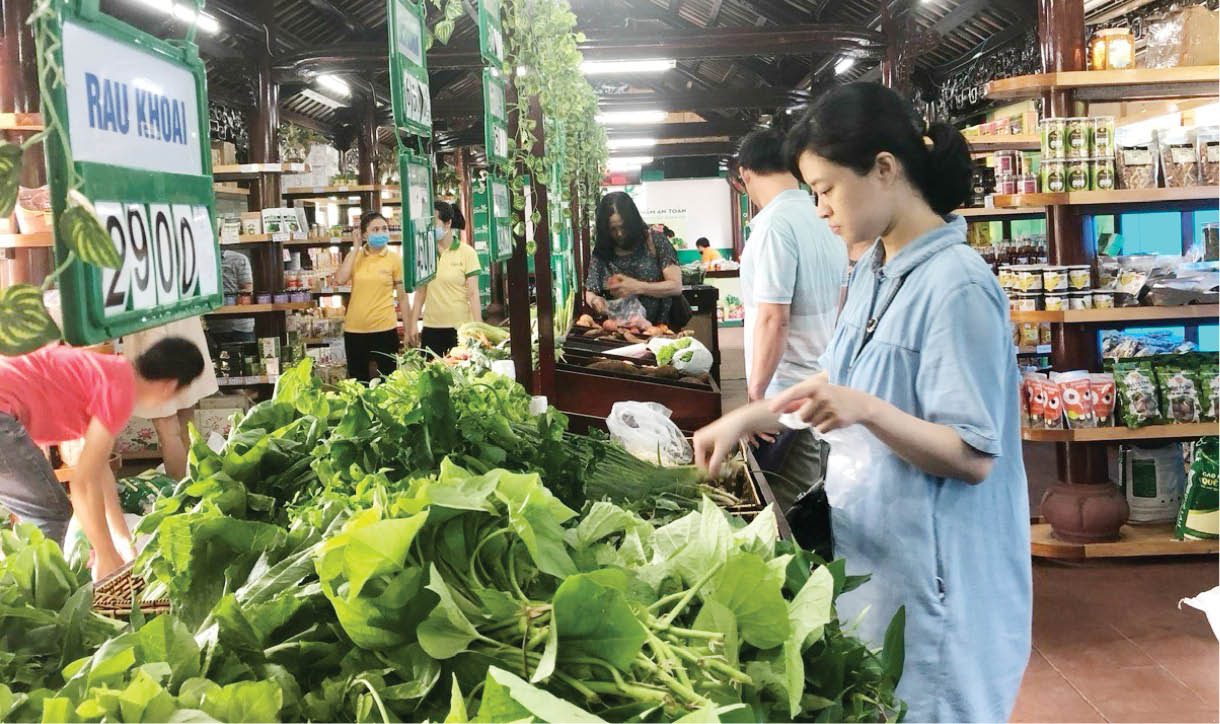

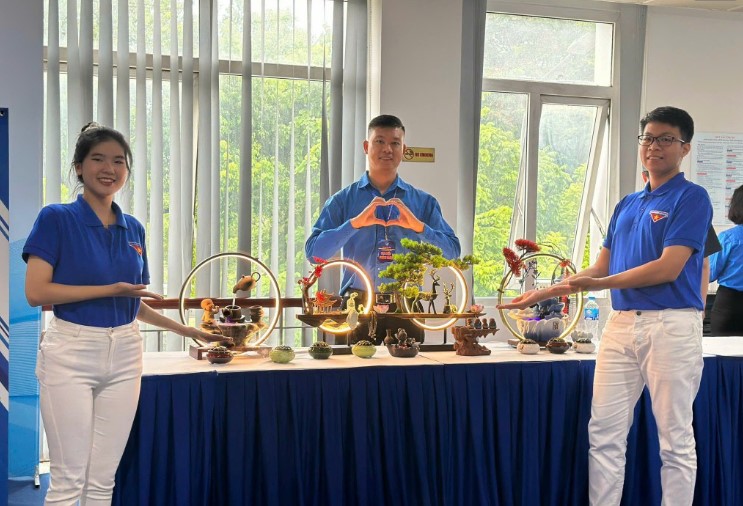
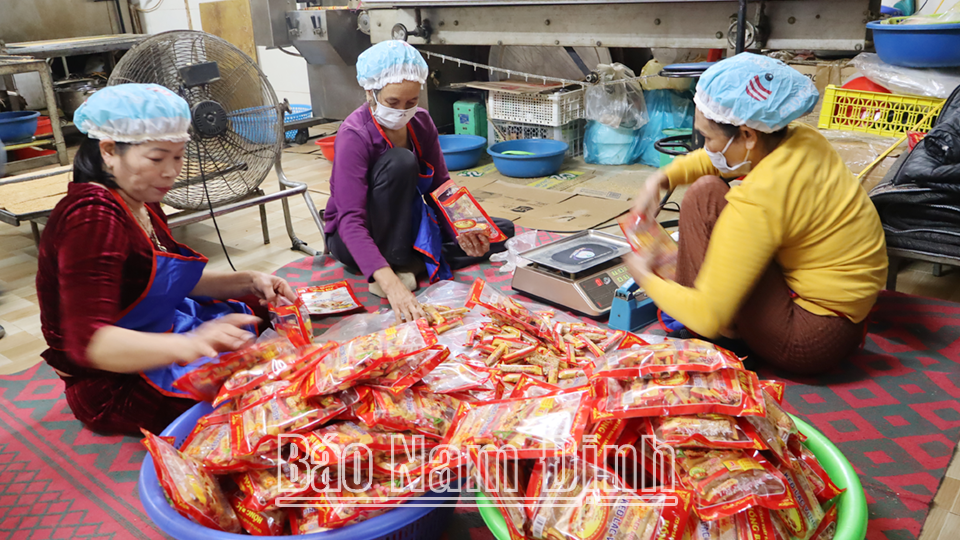

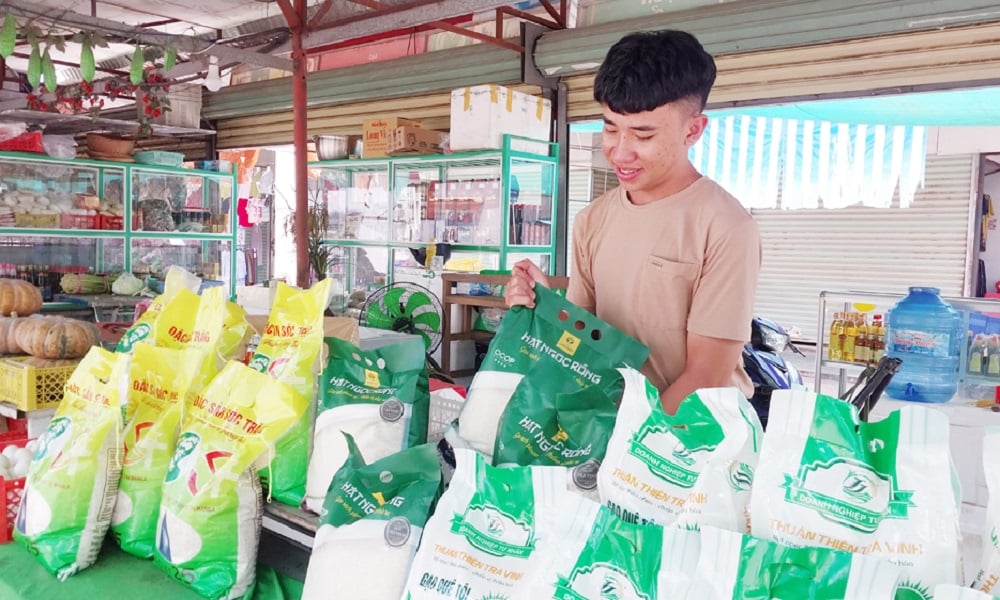
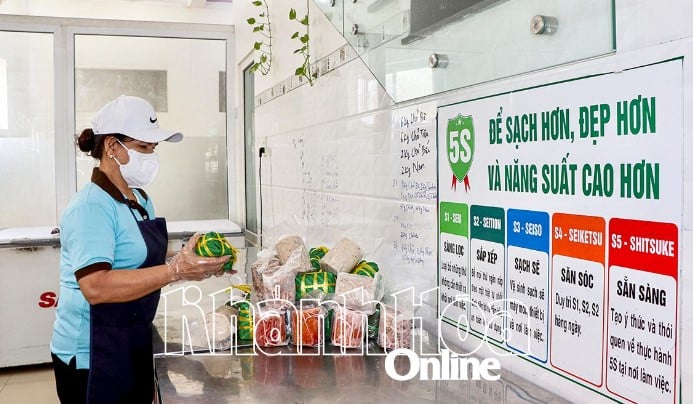

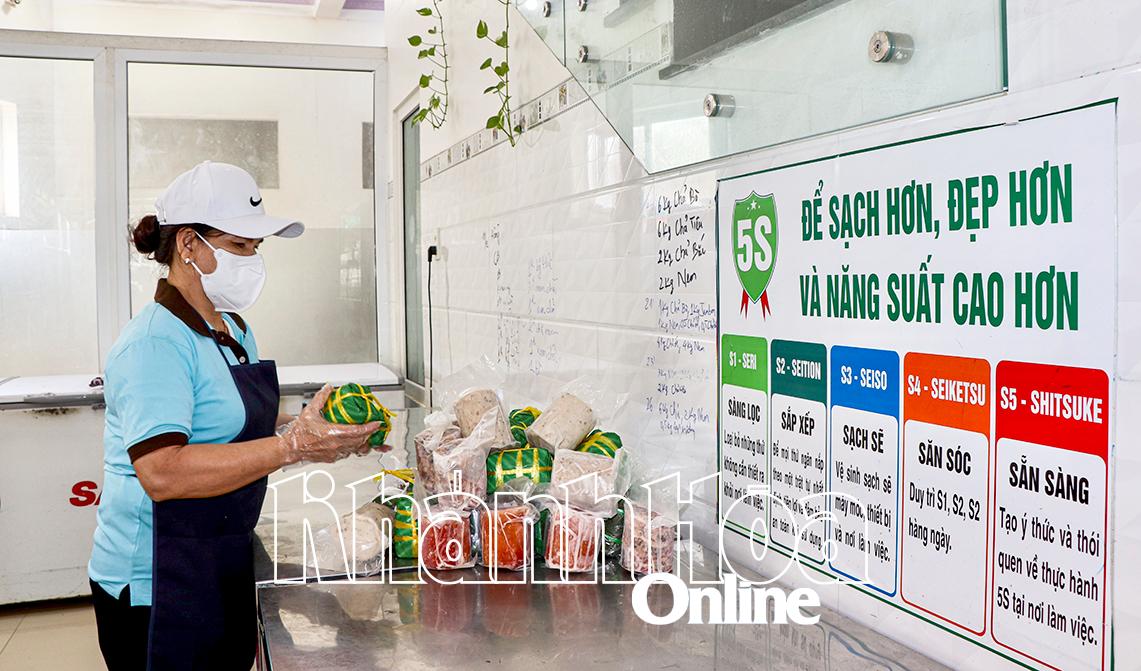
Comment (0)